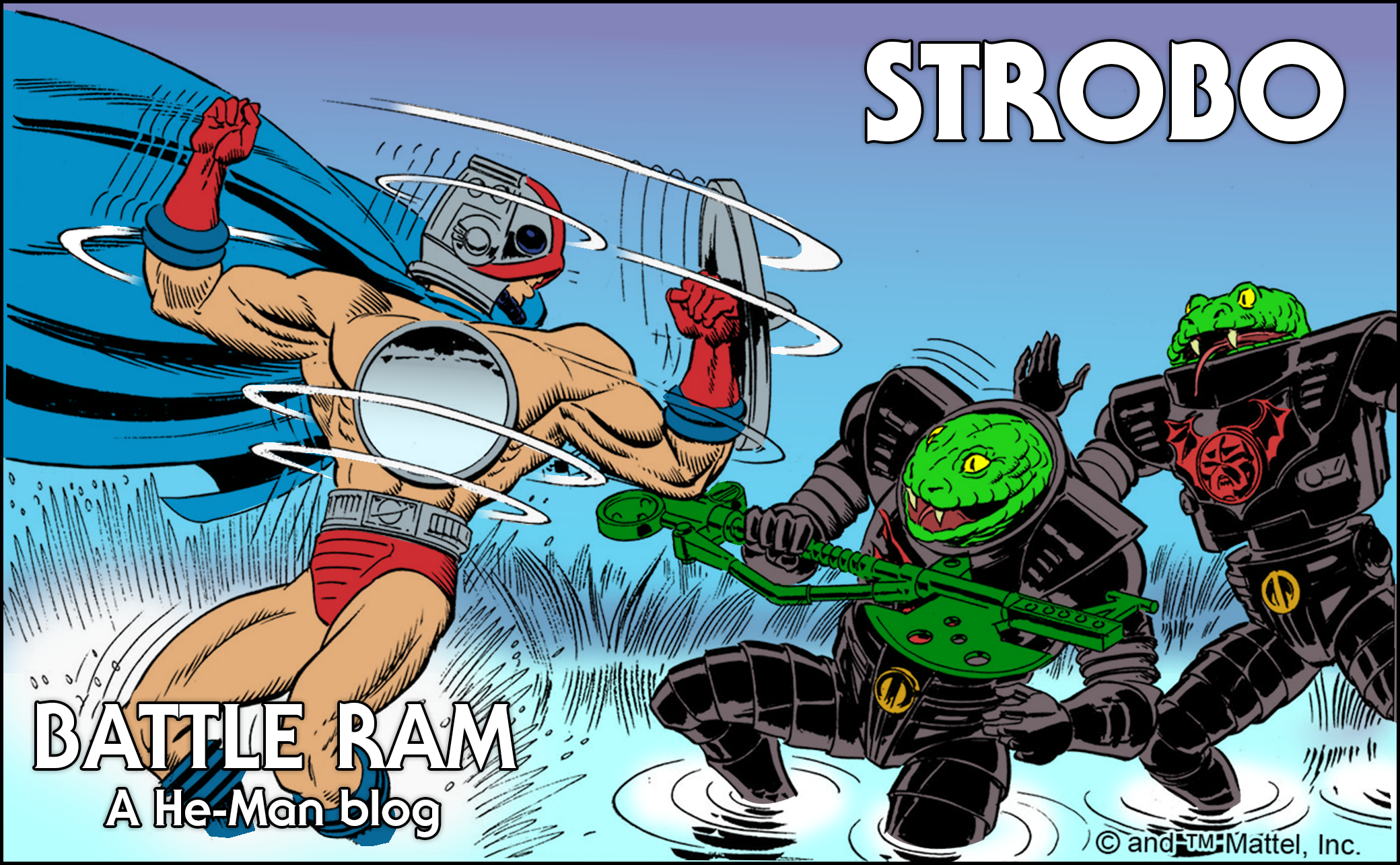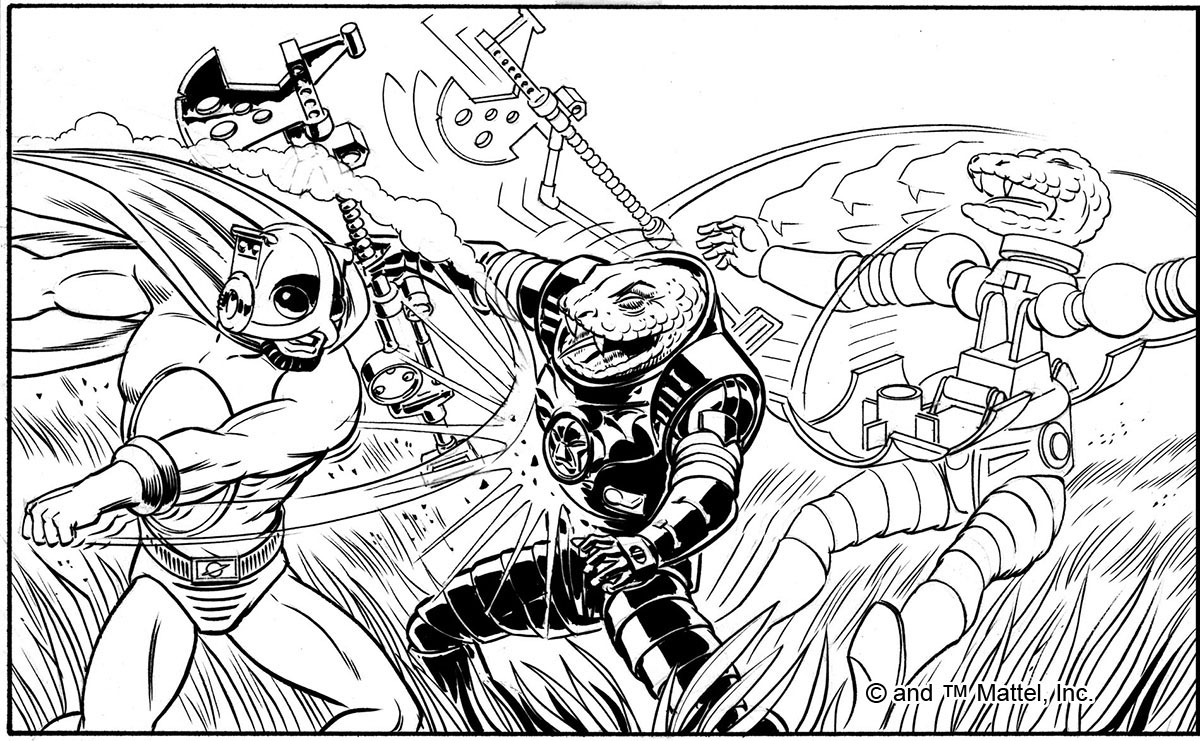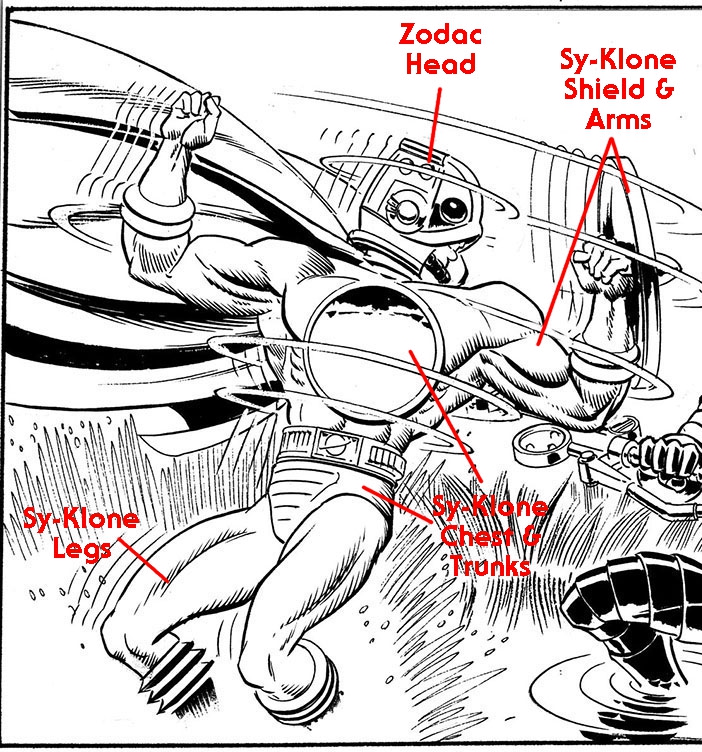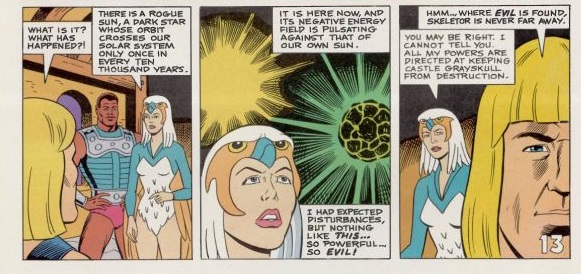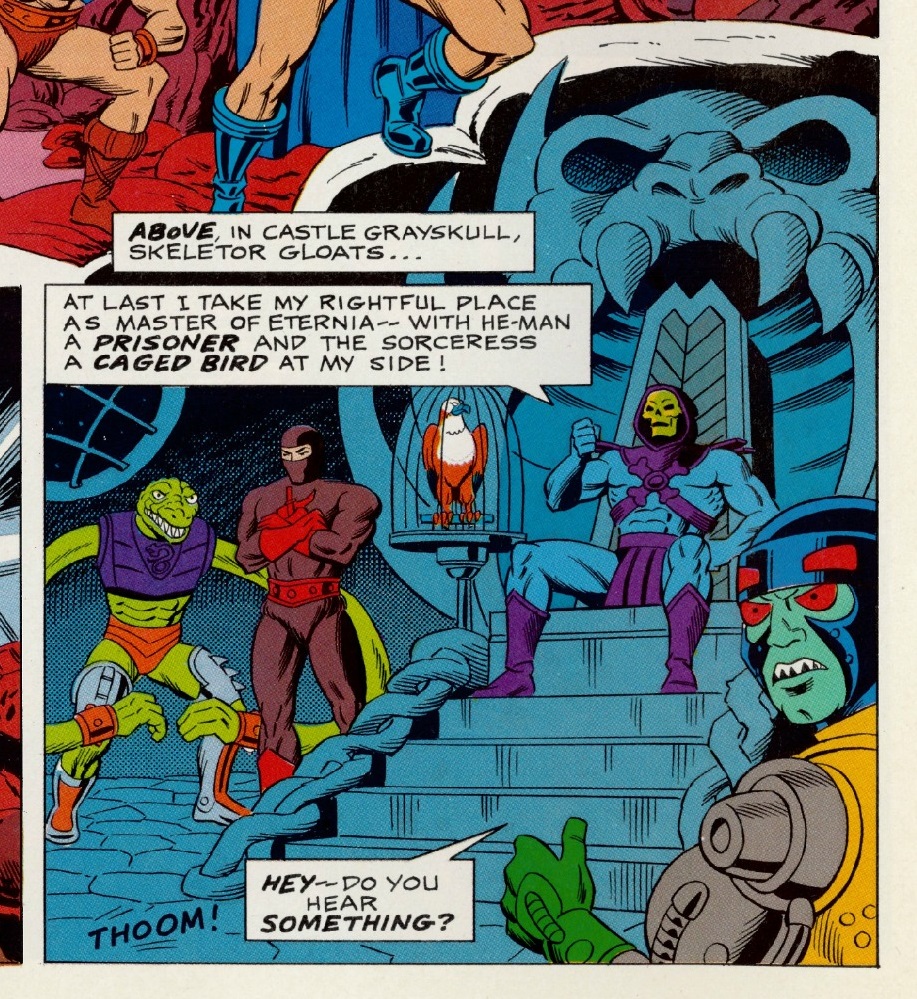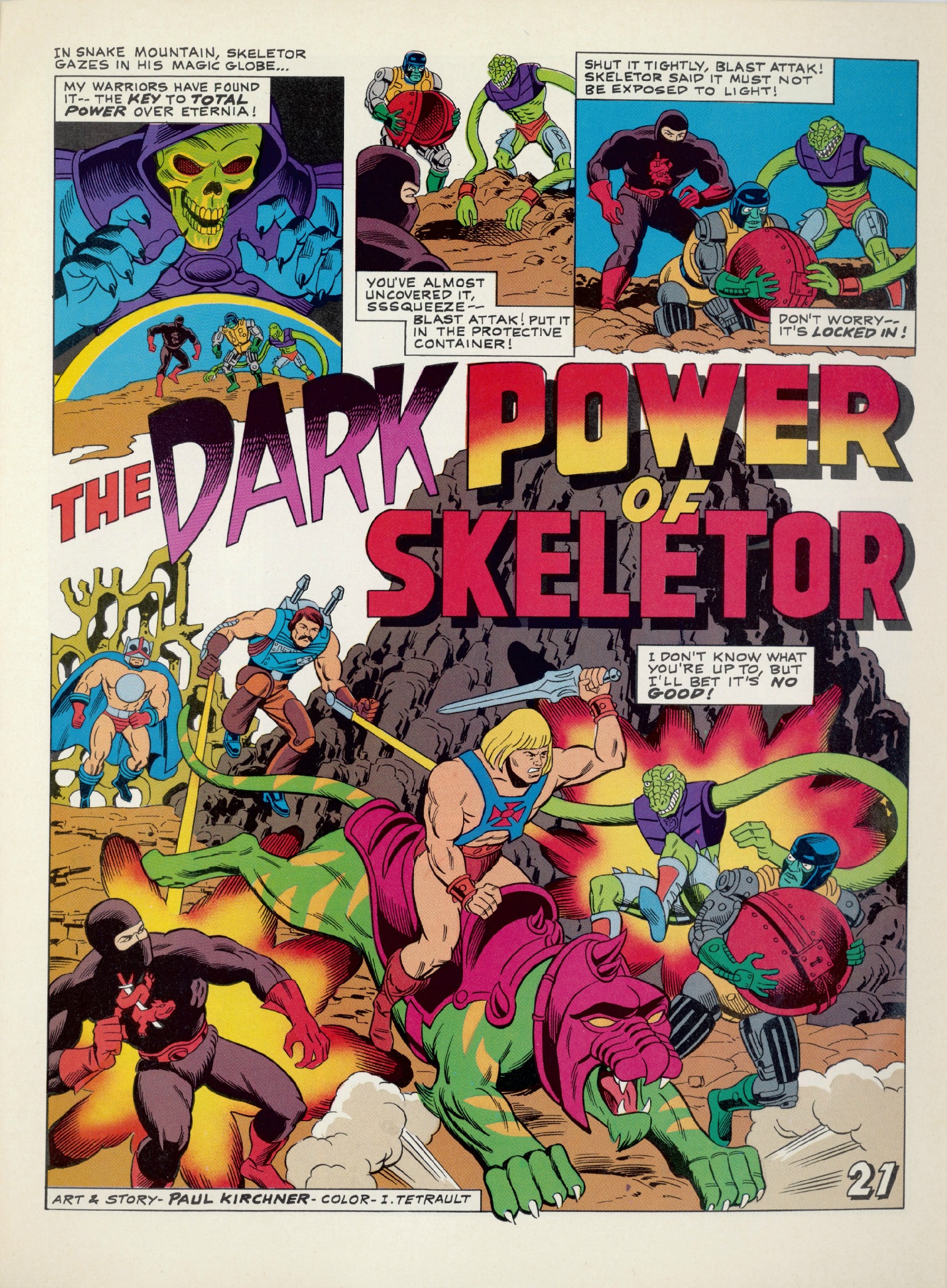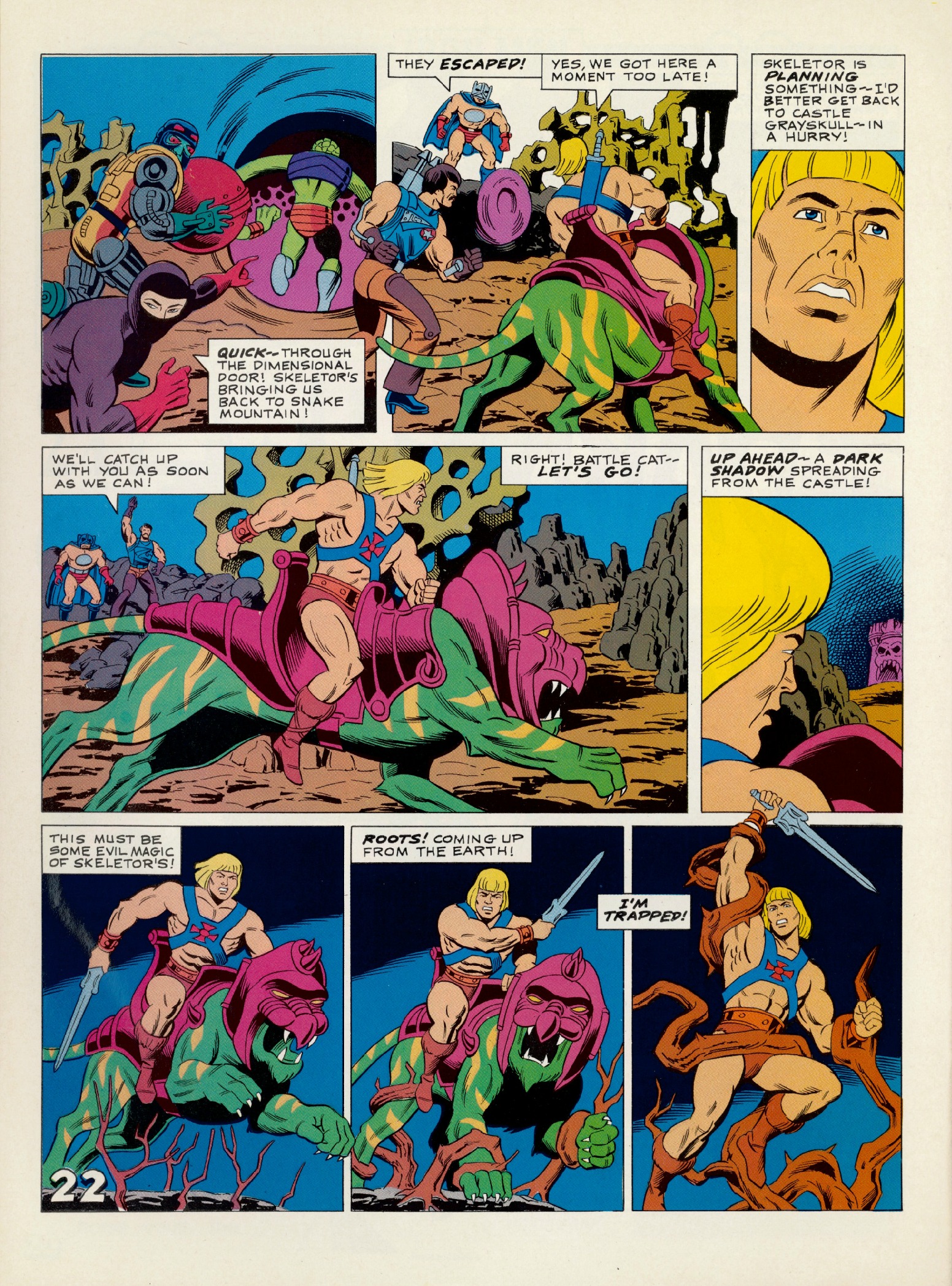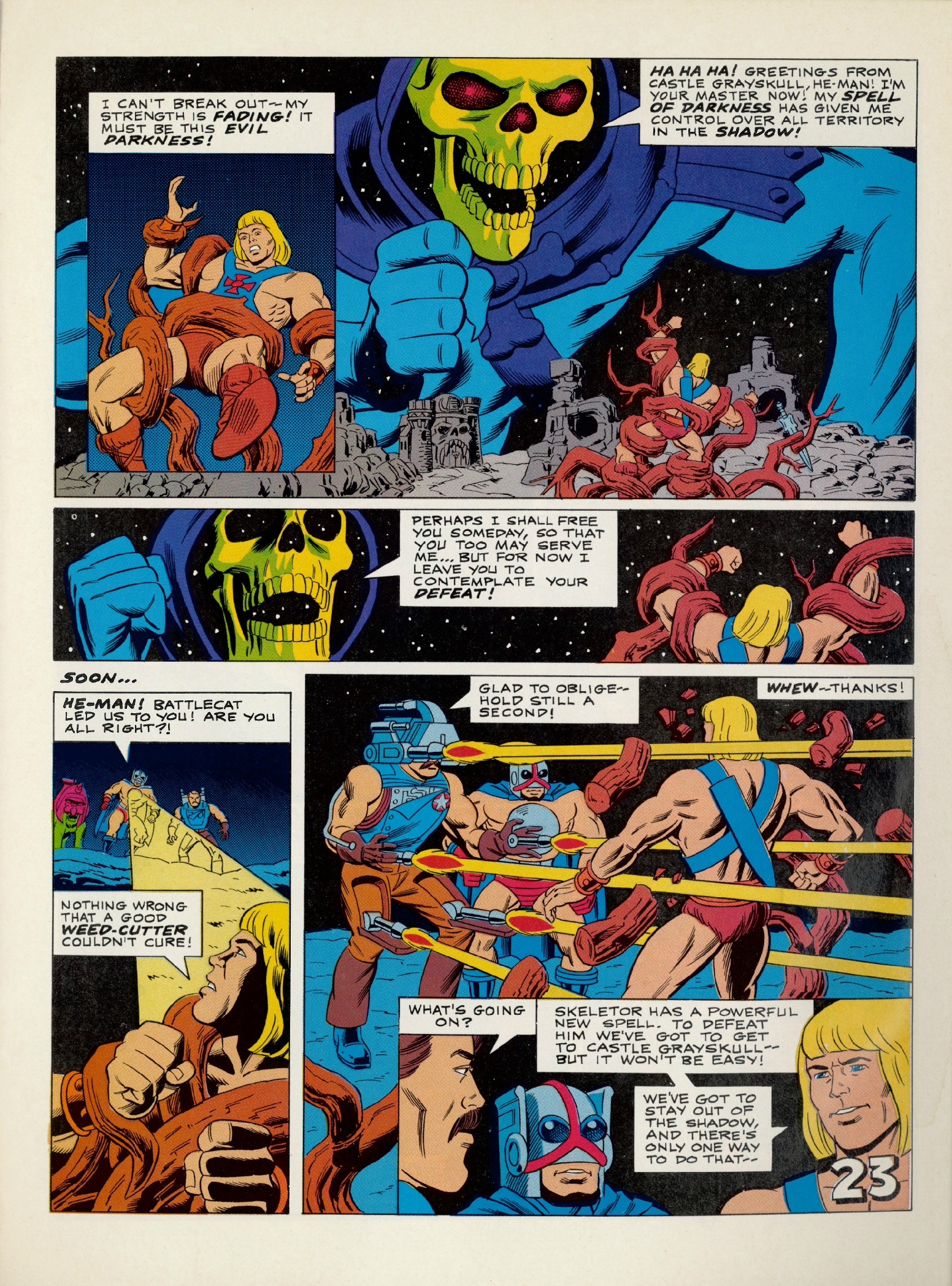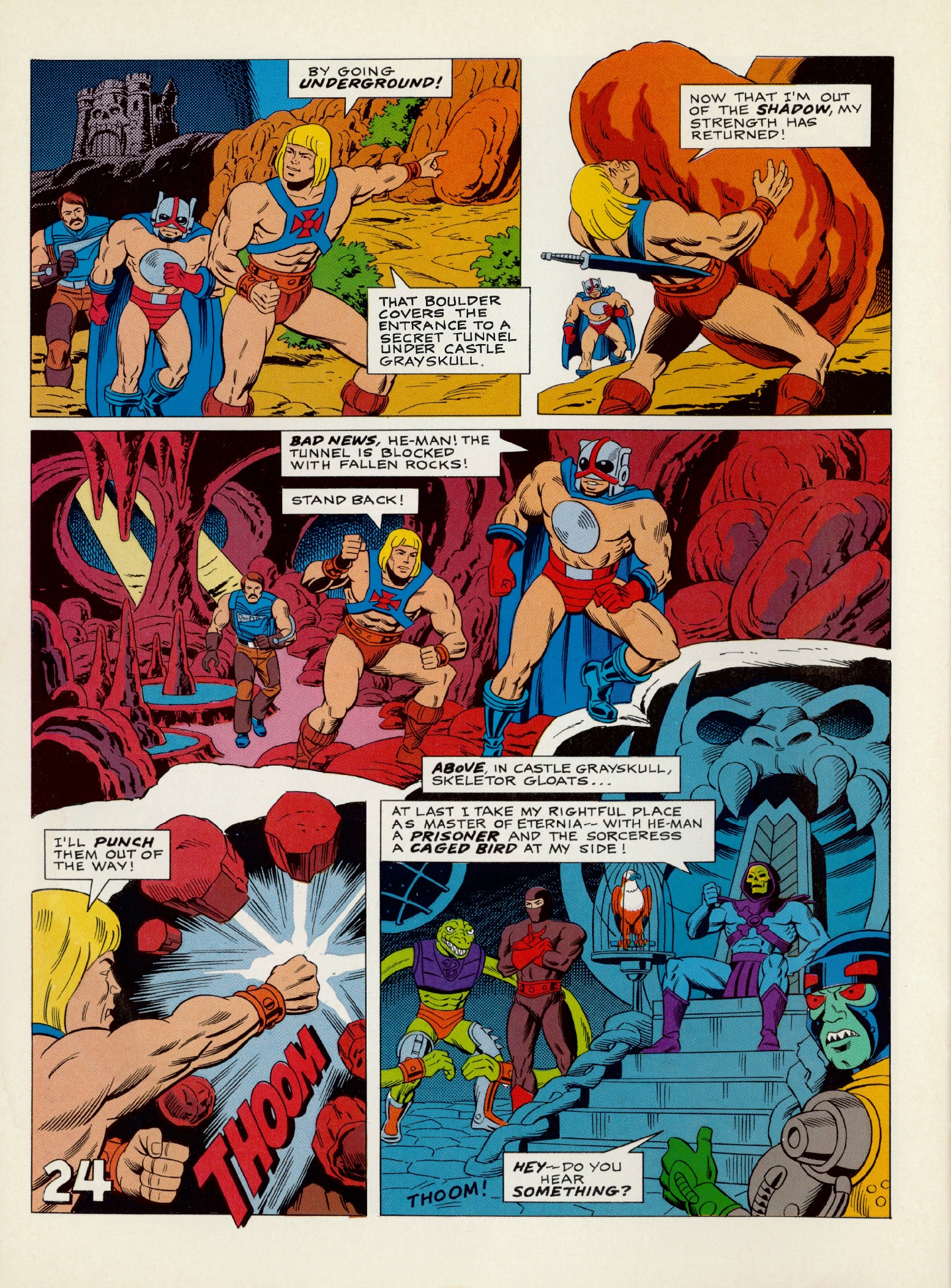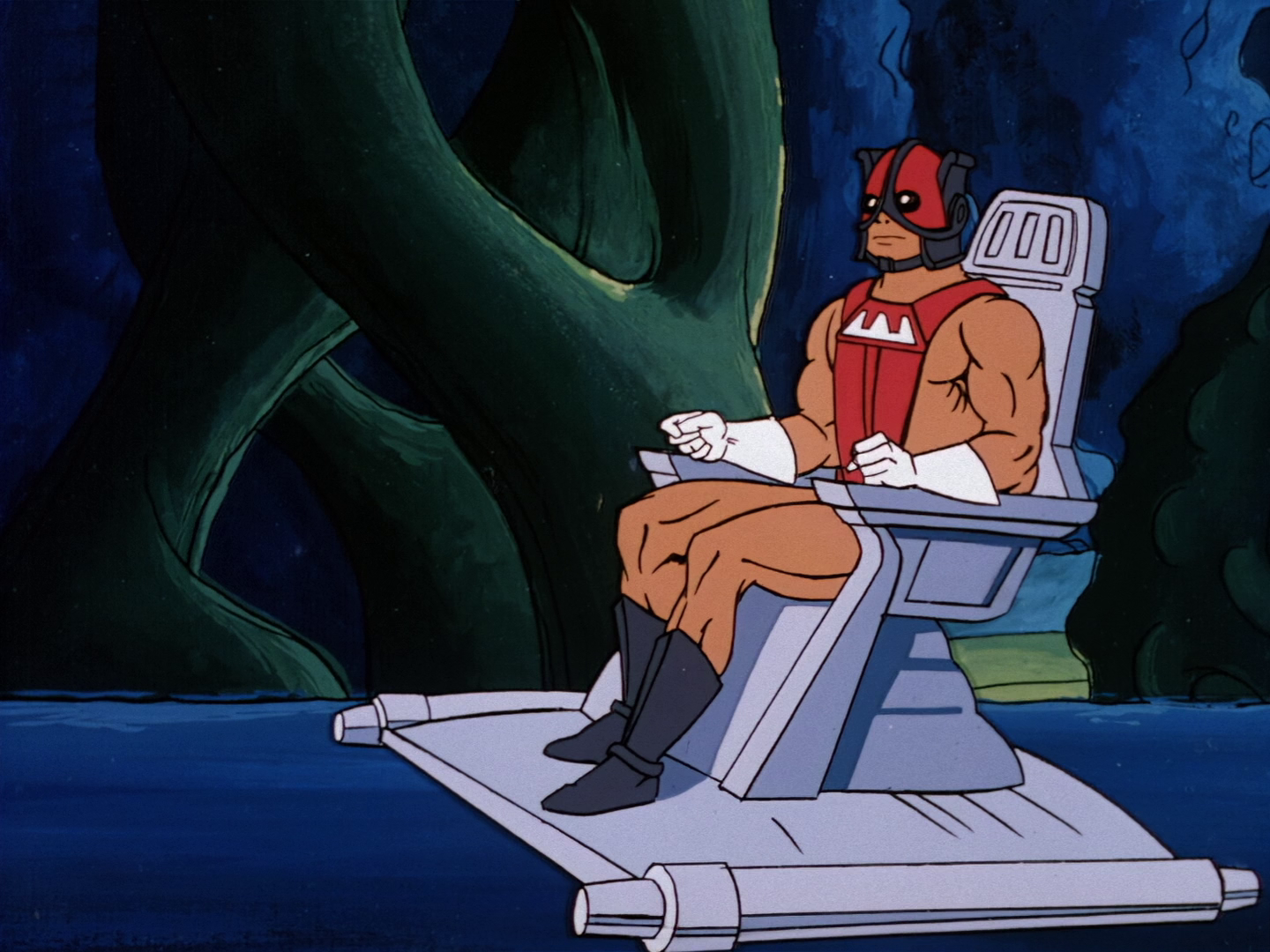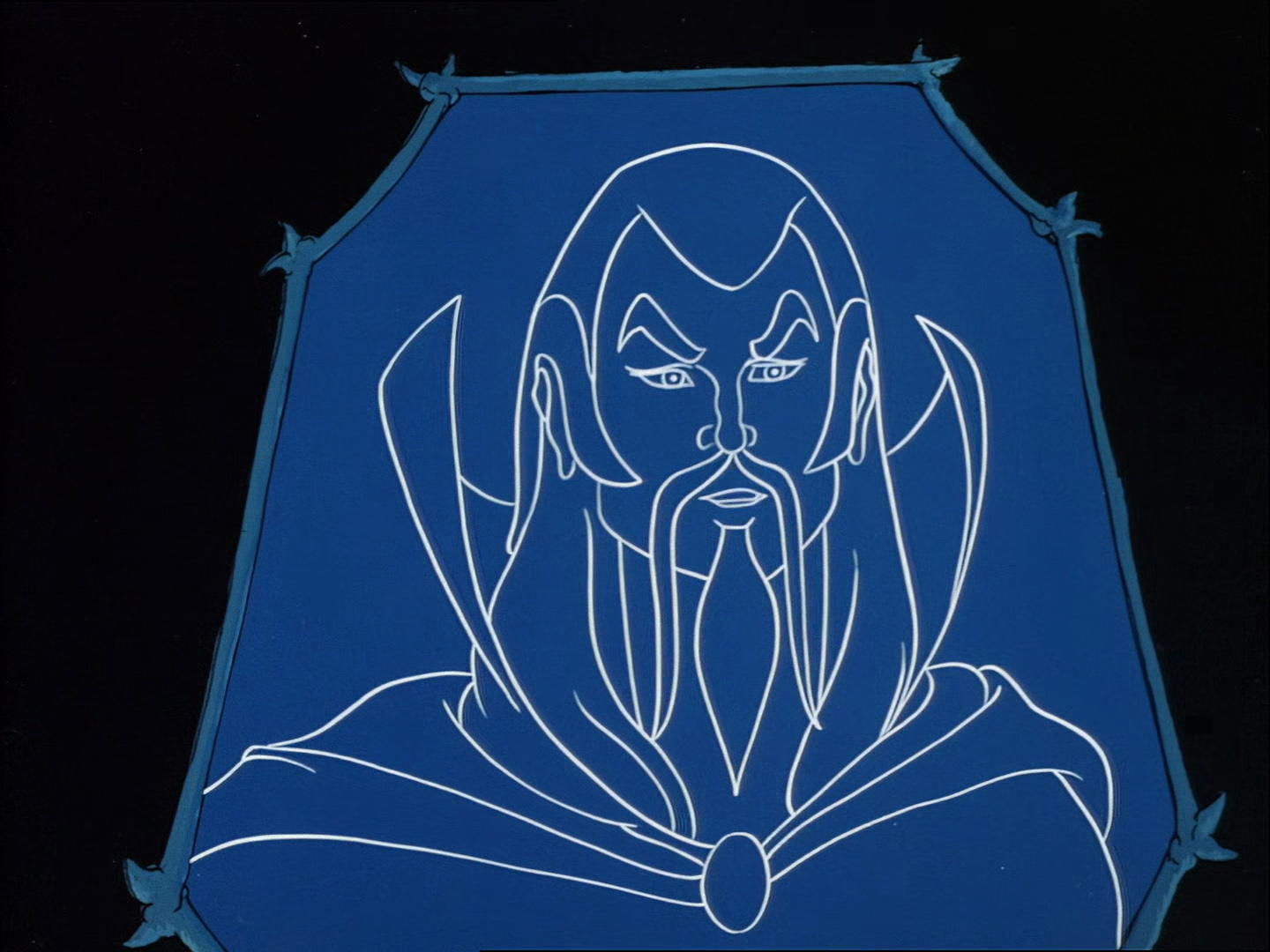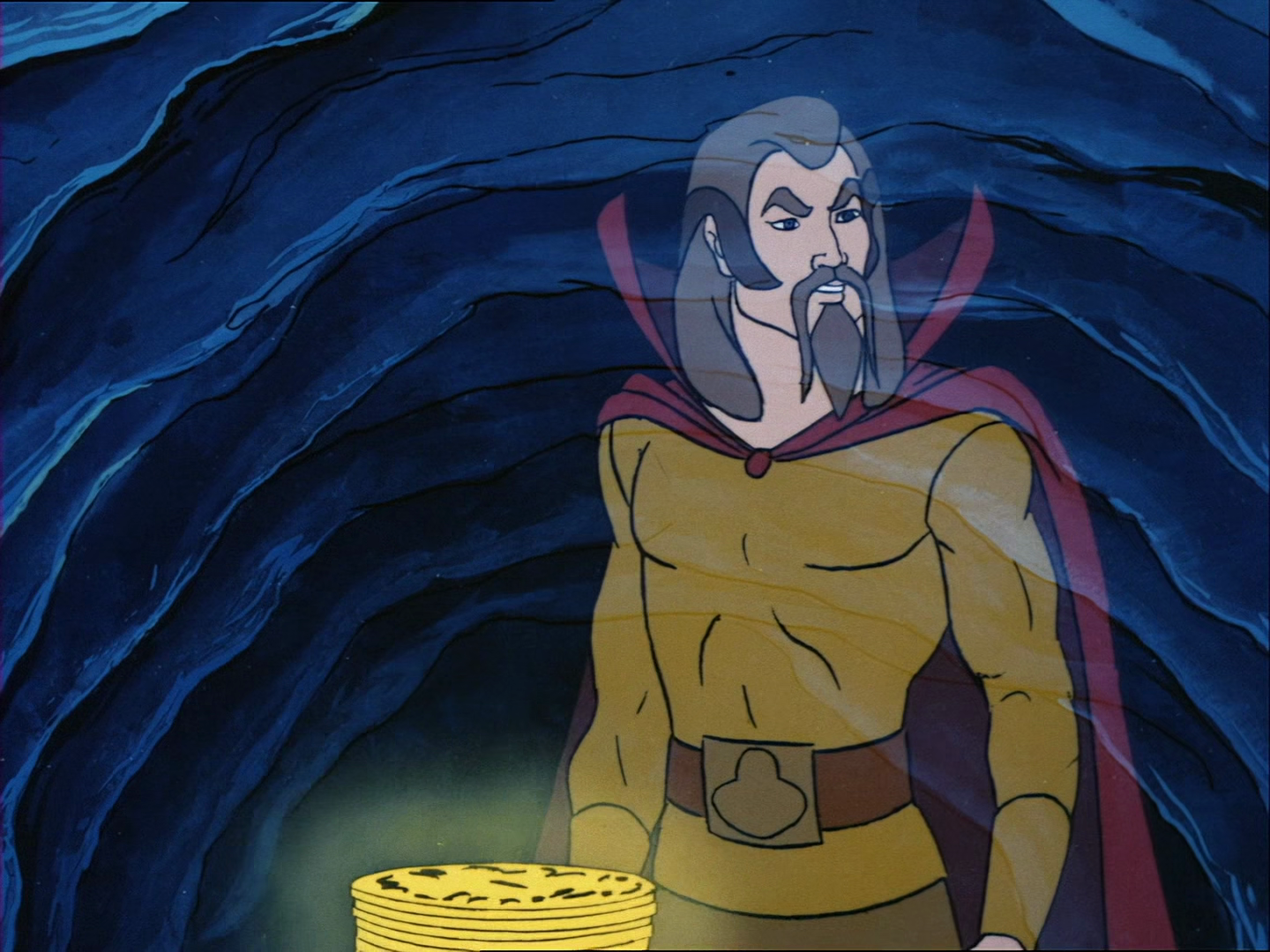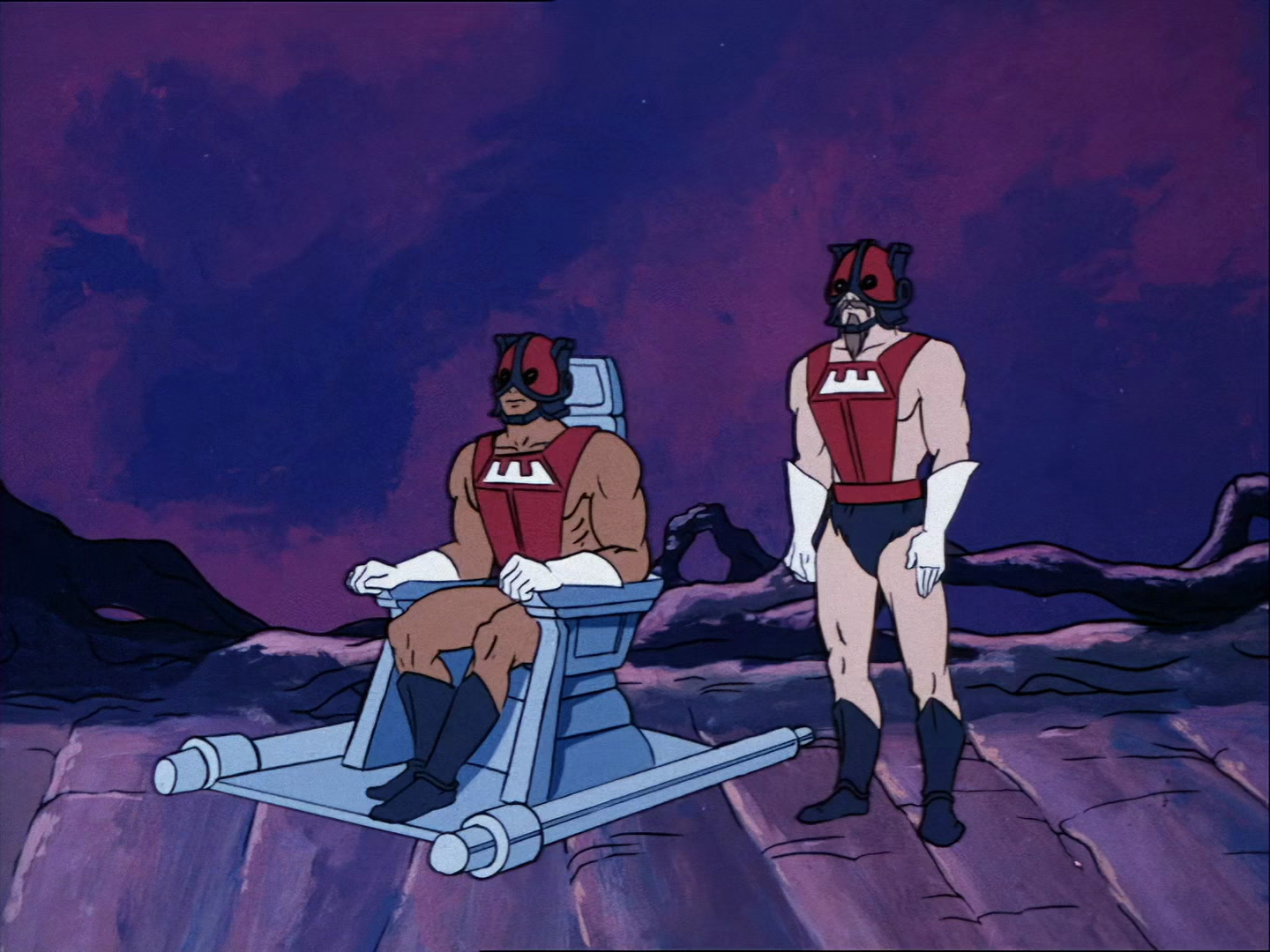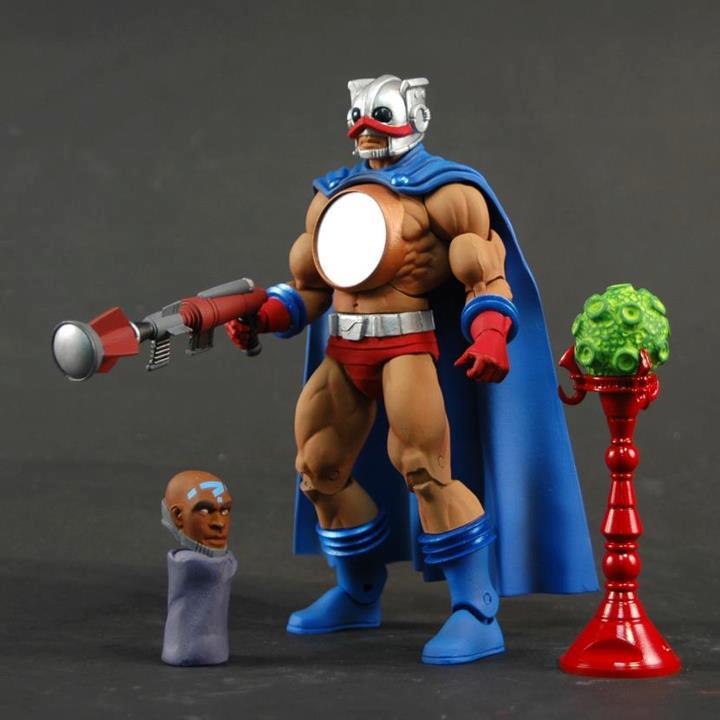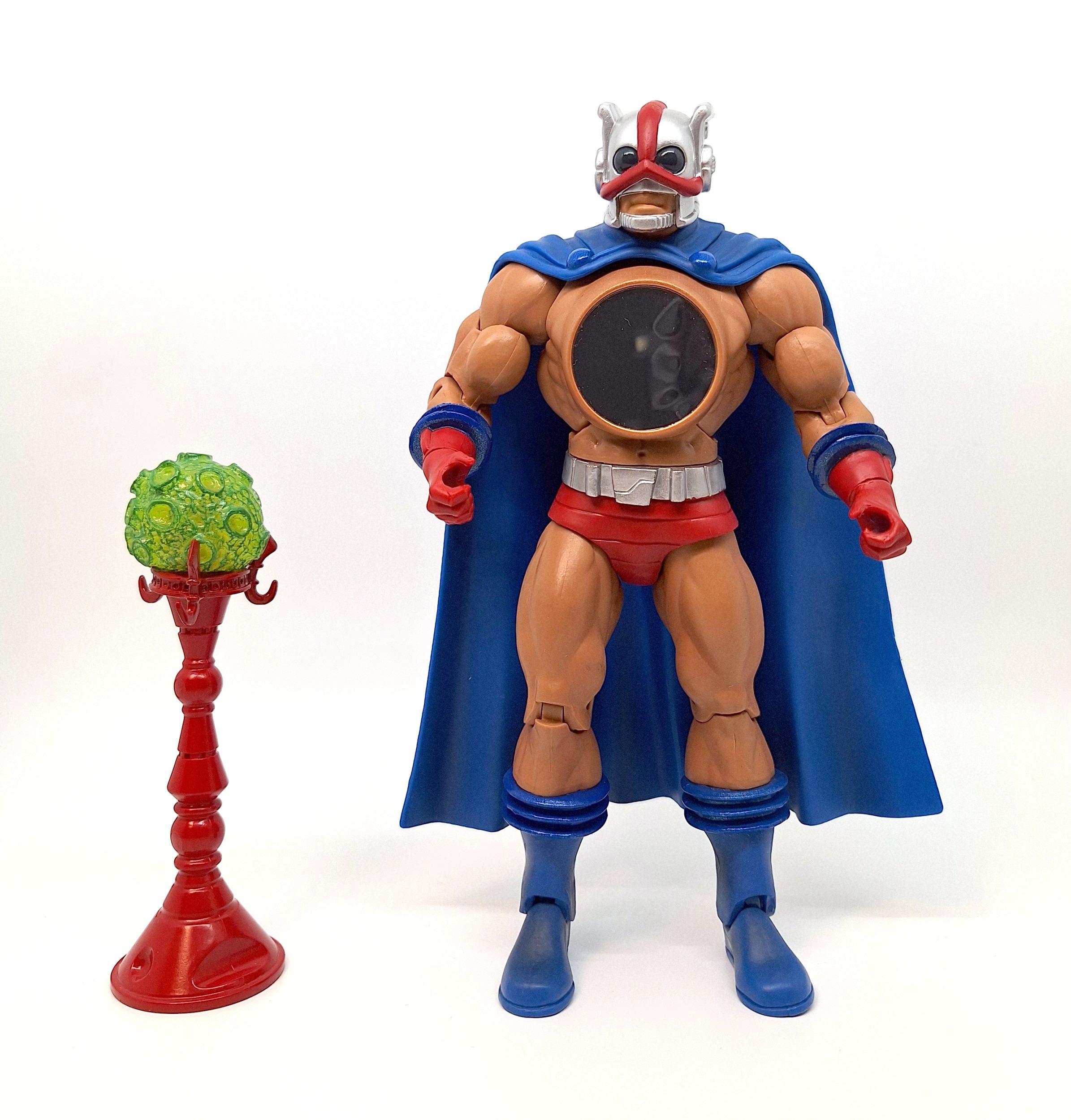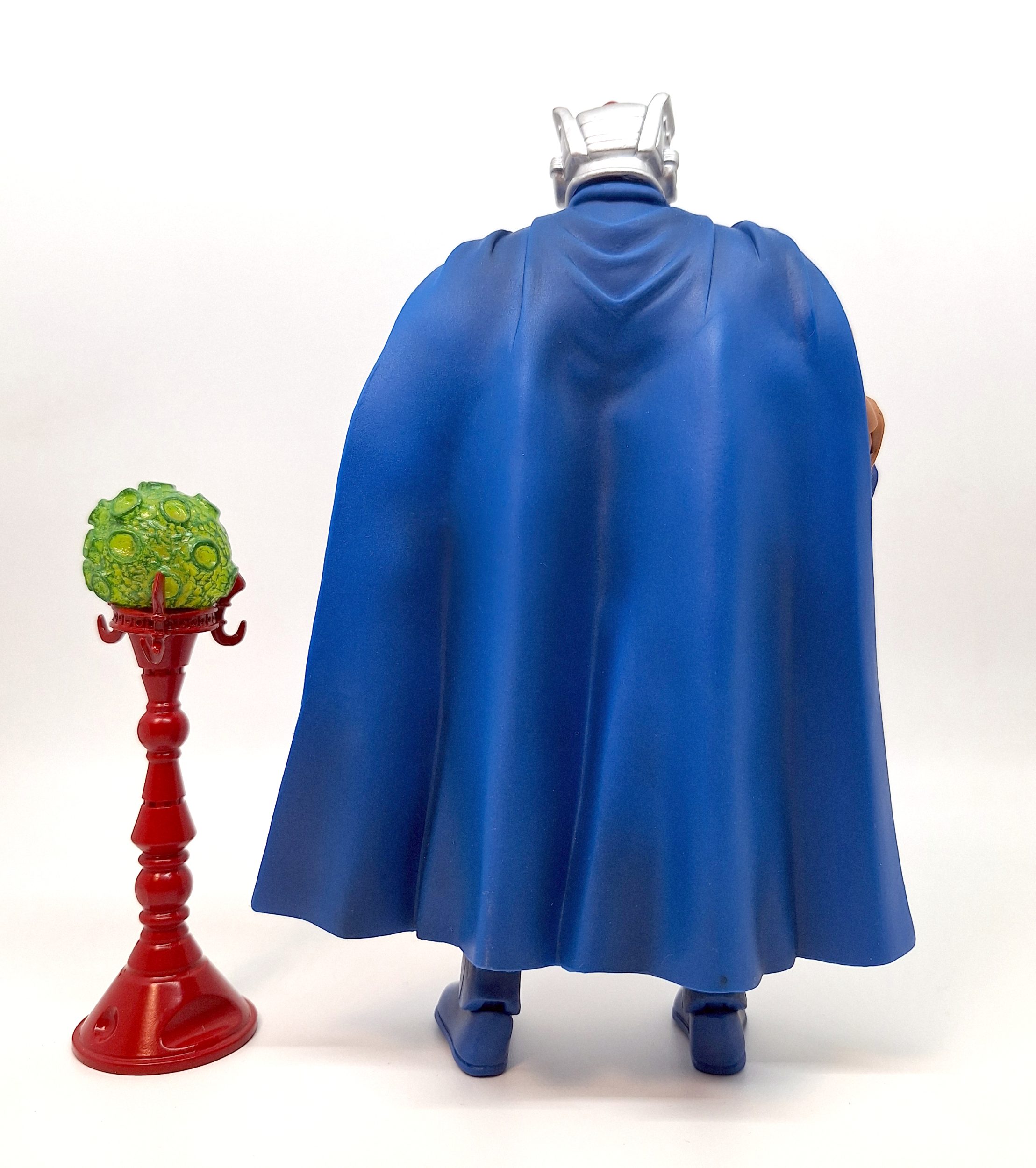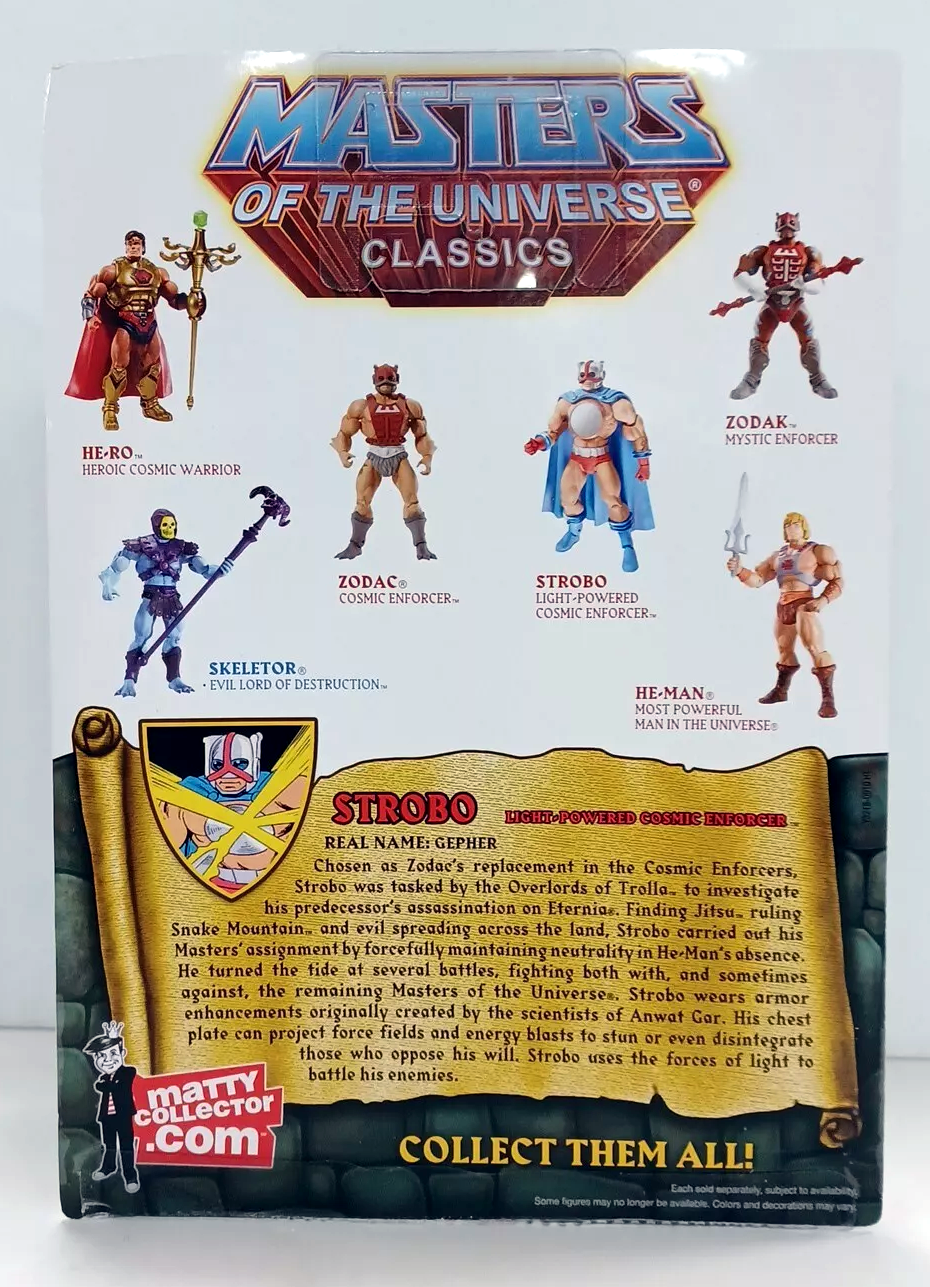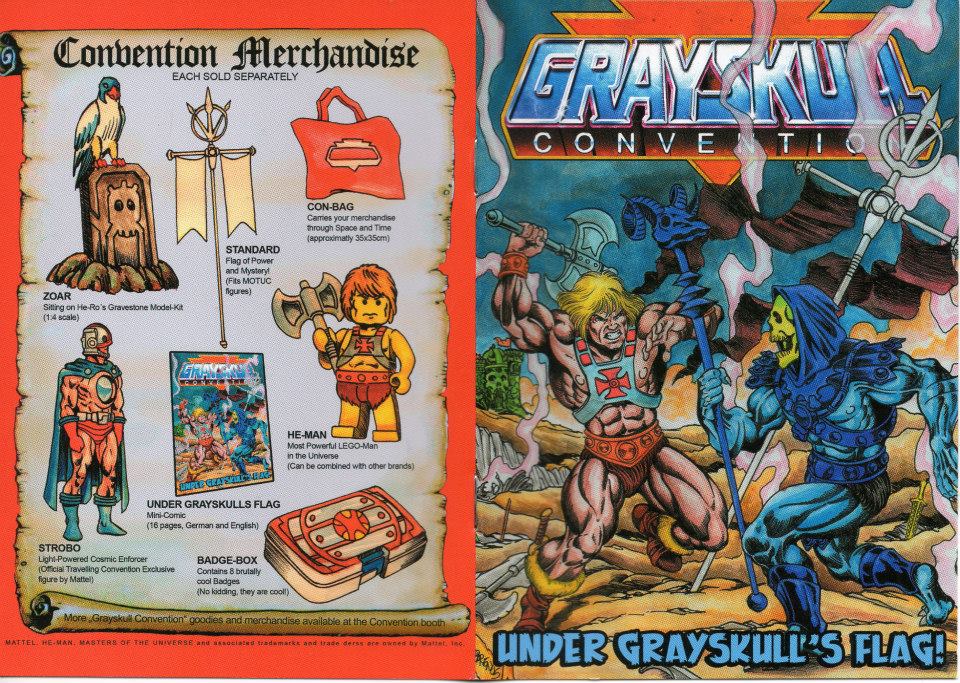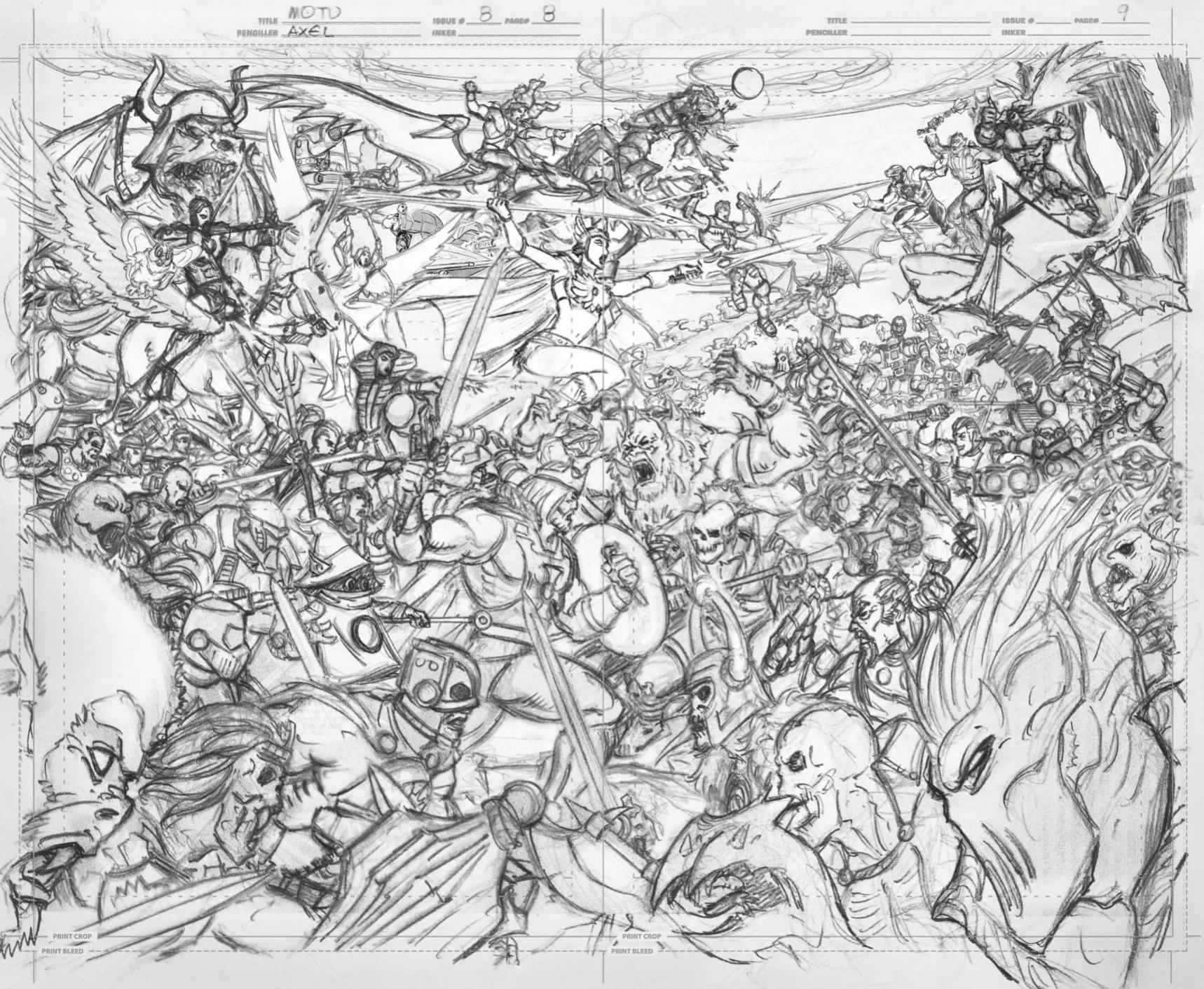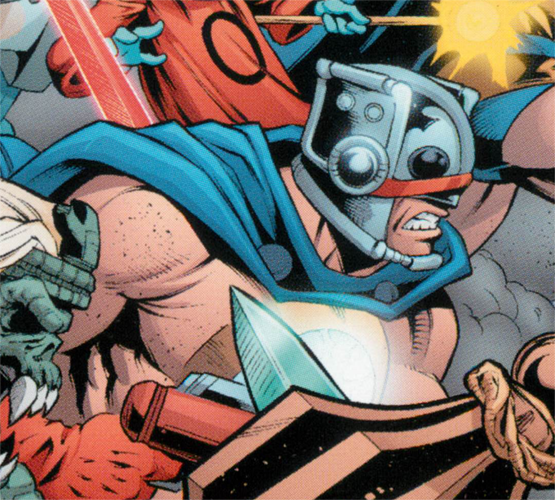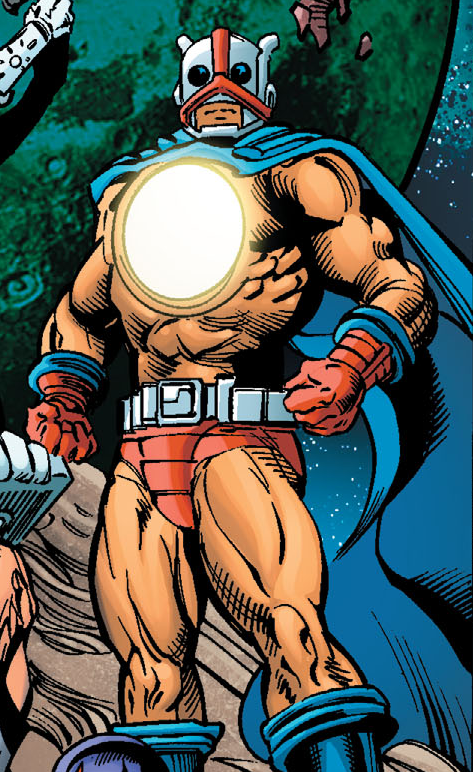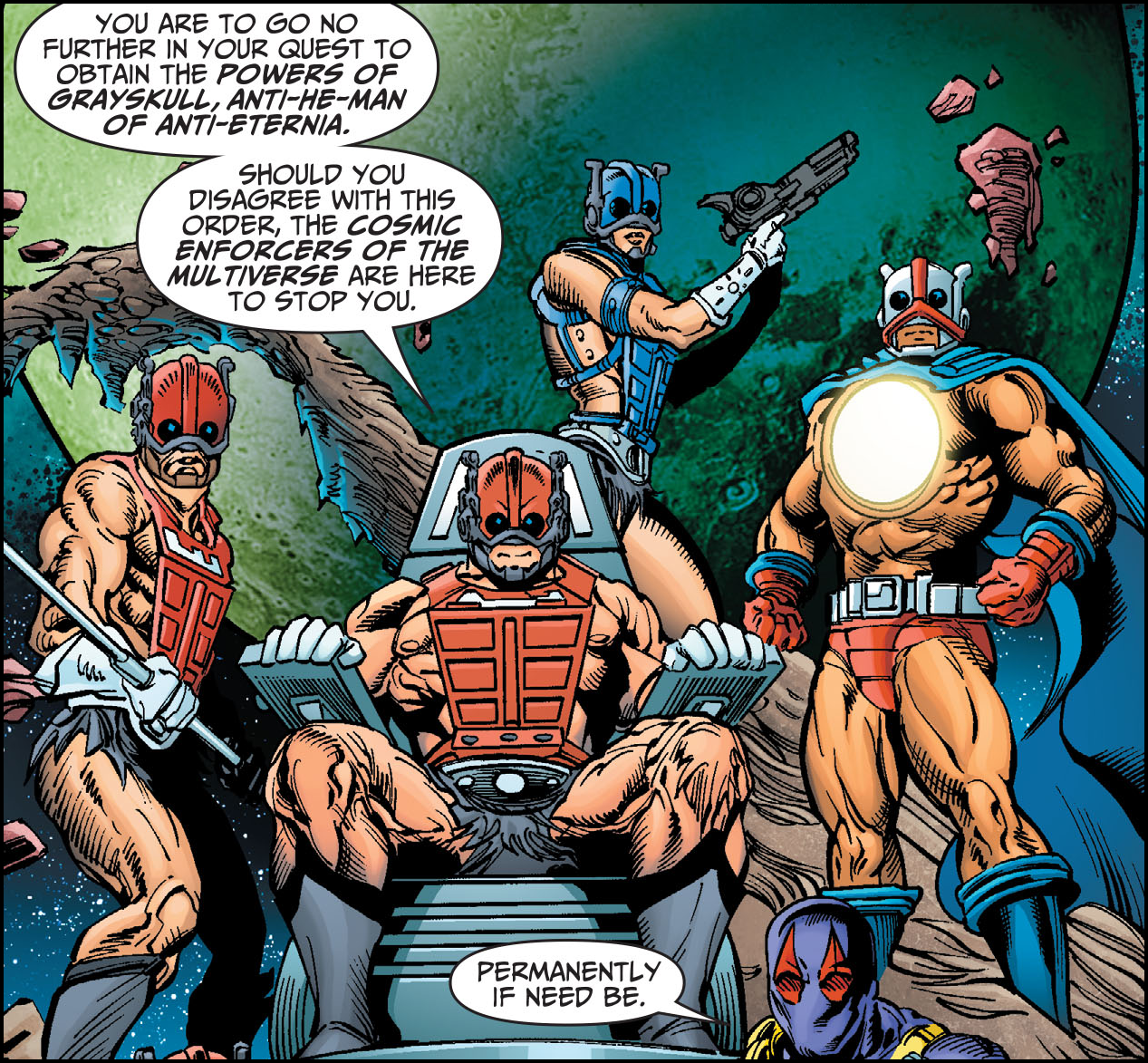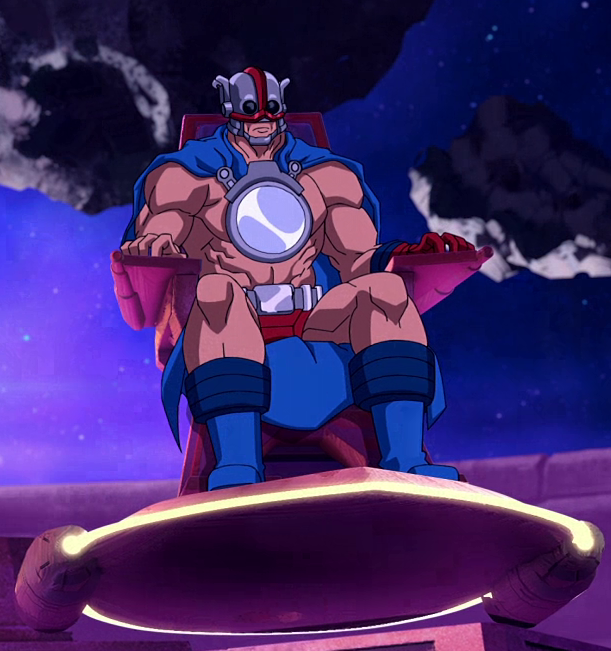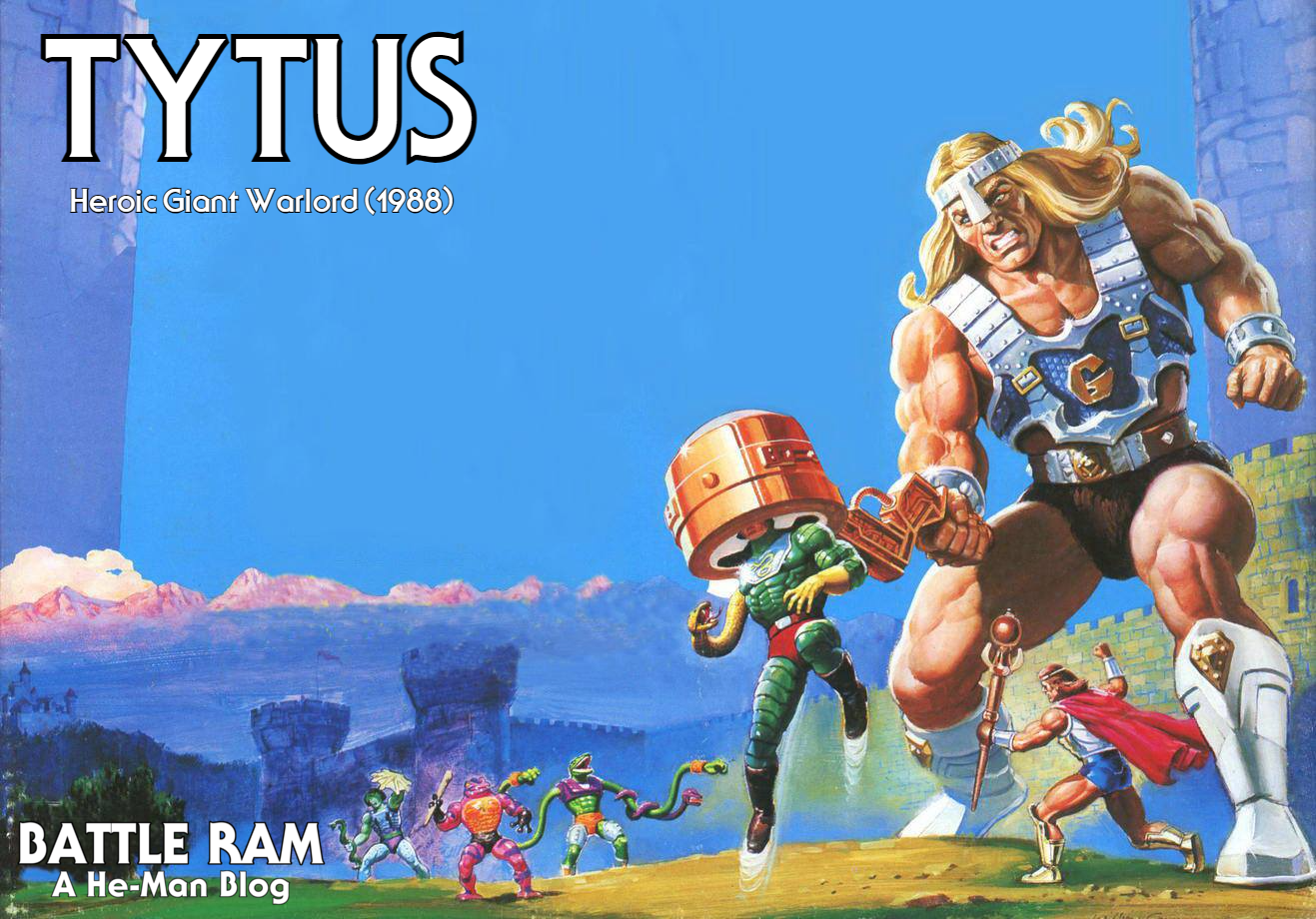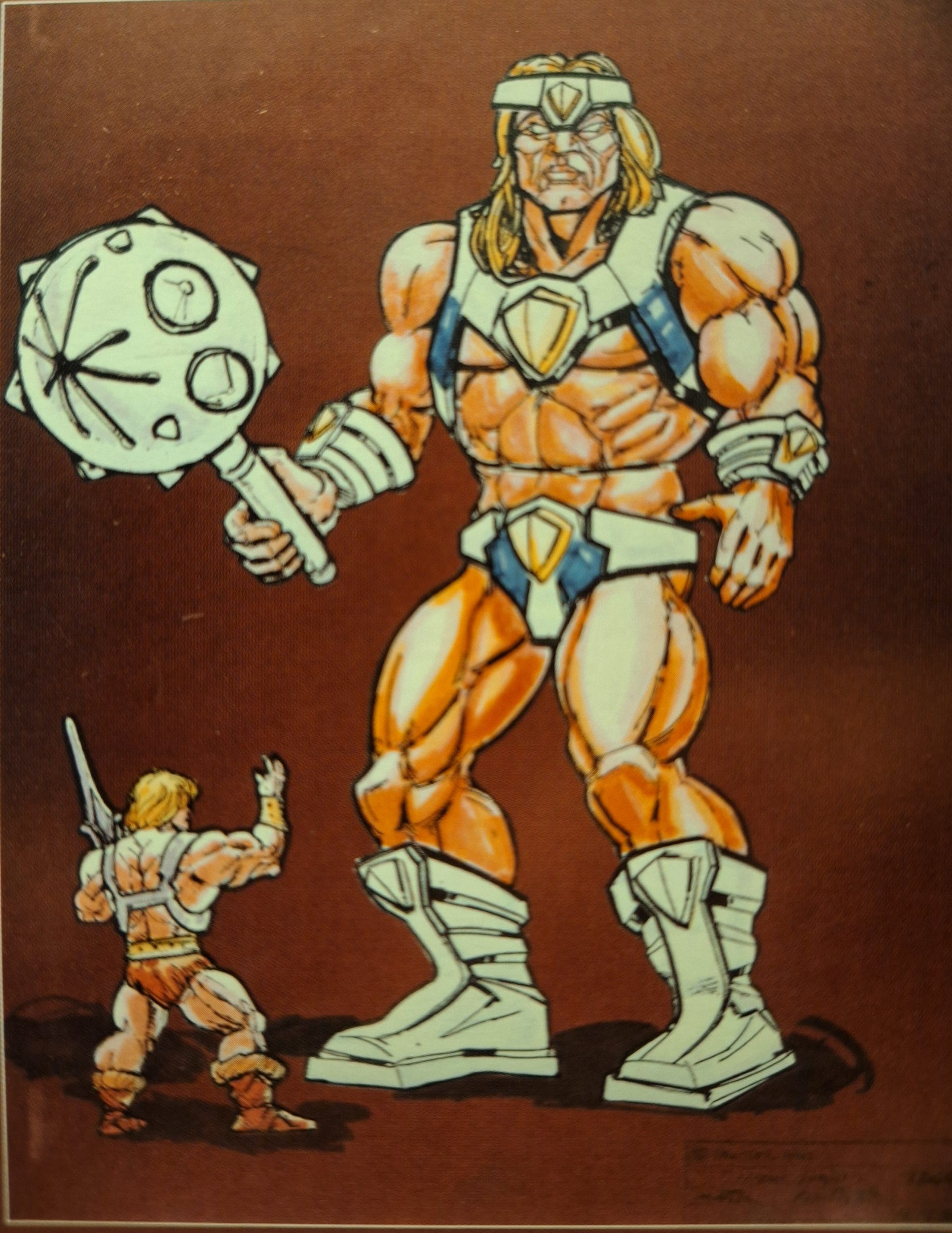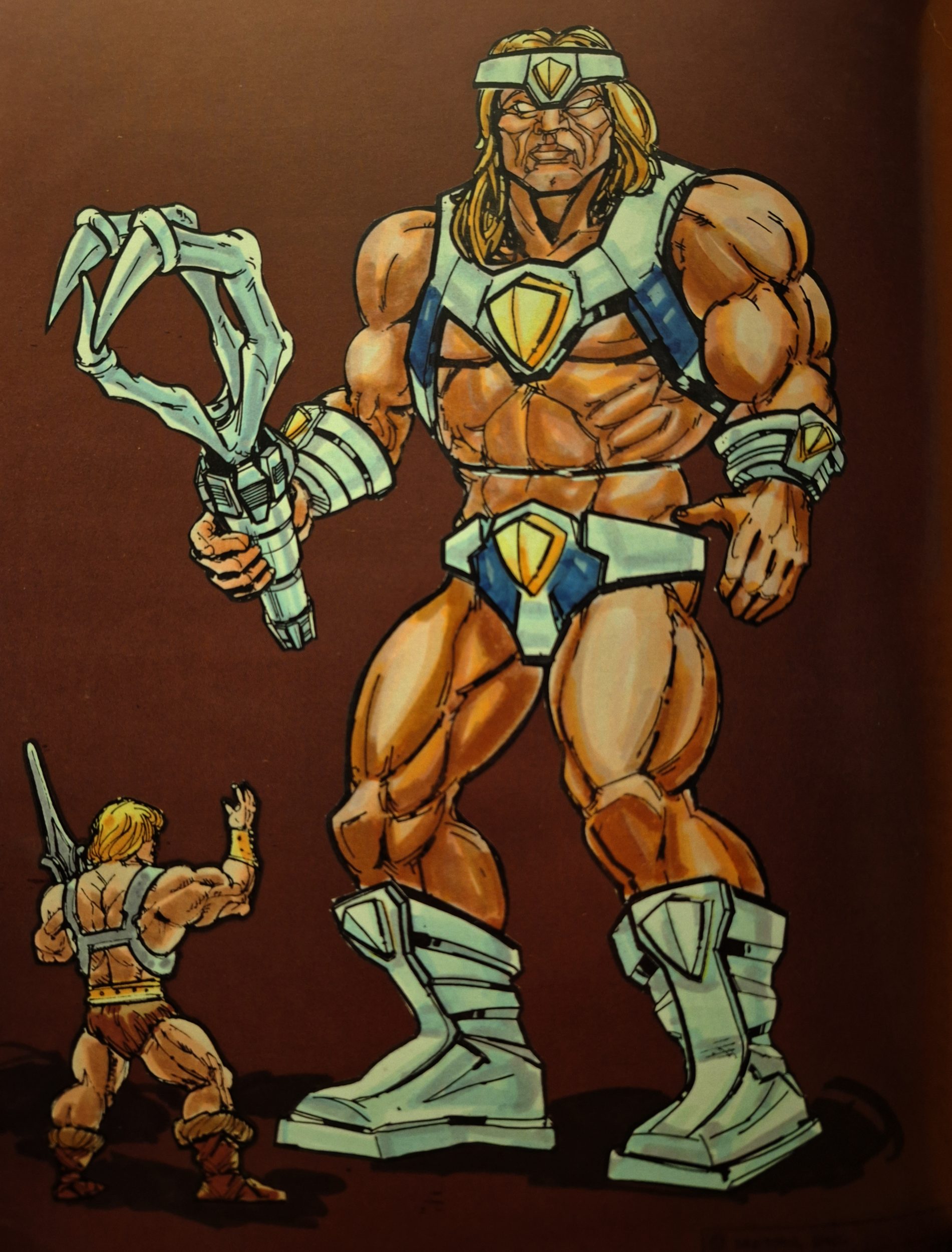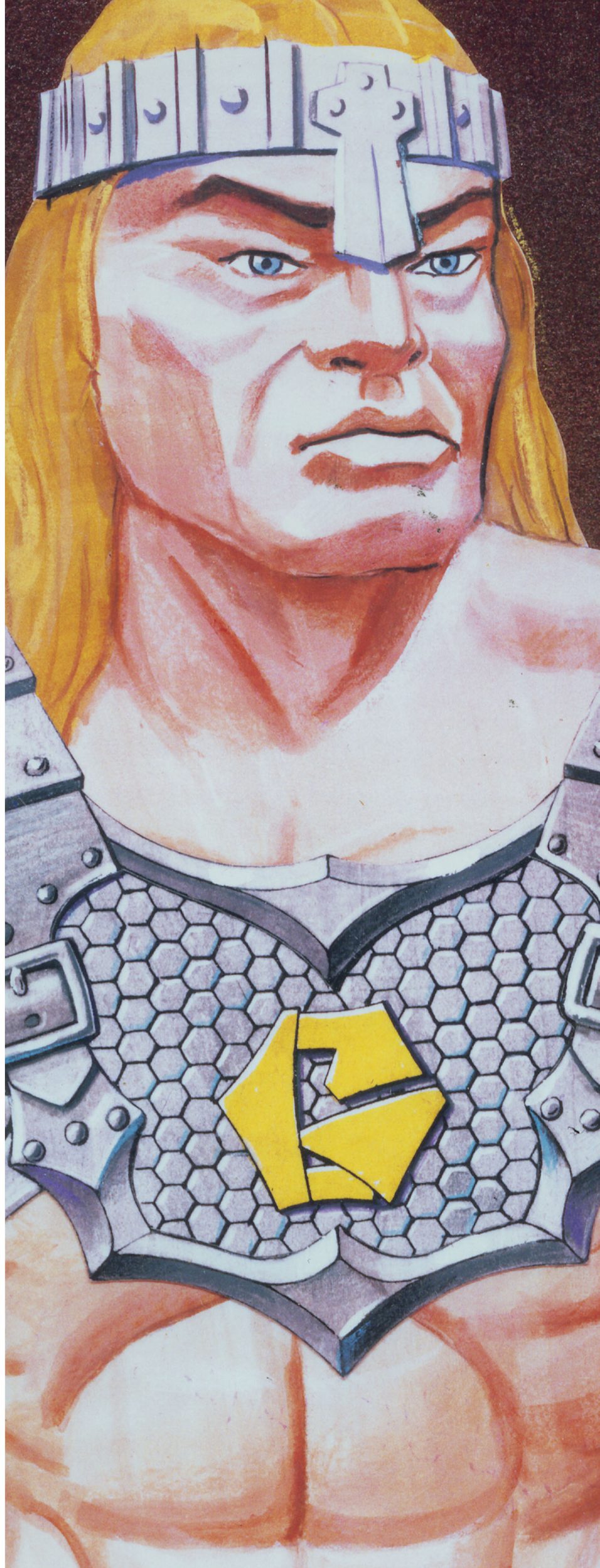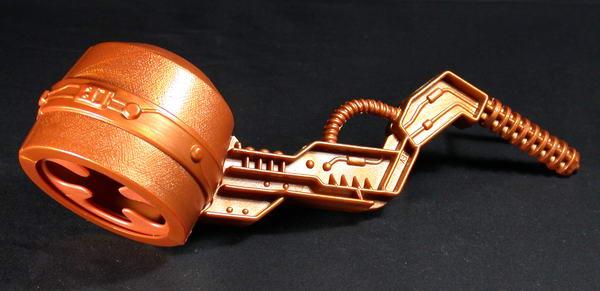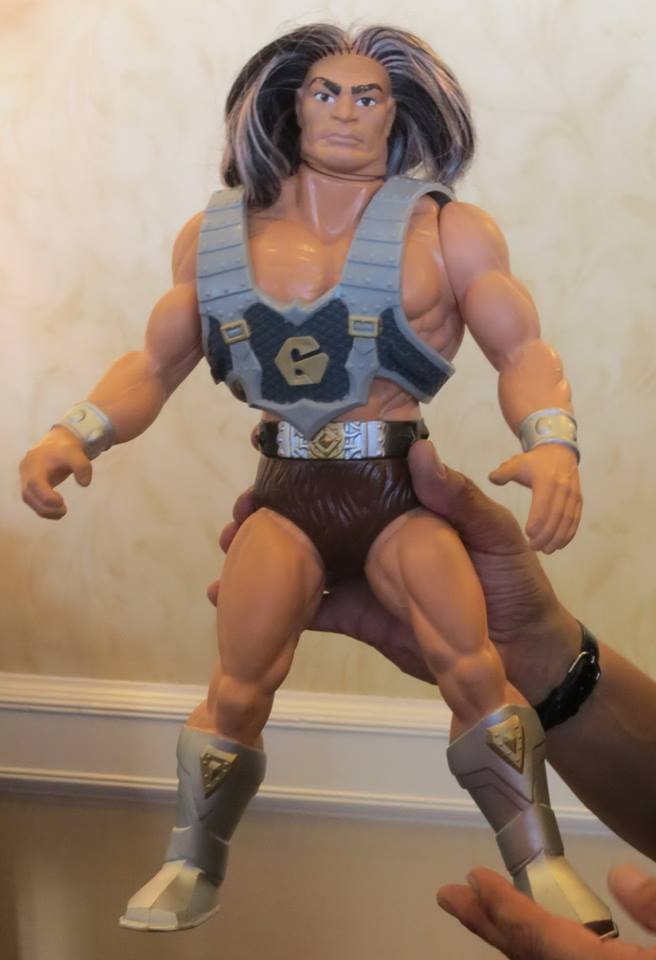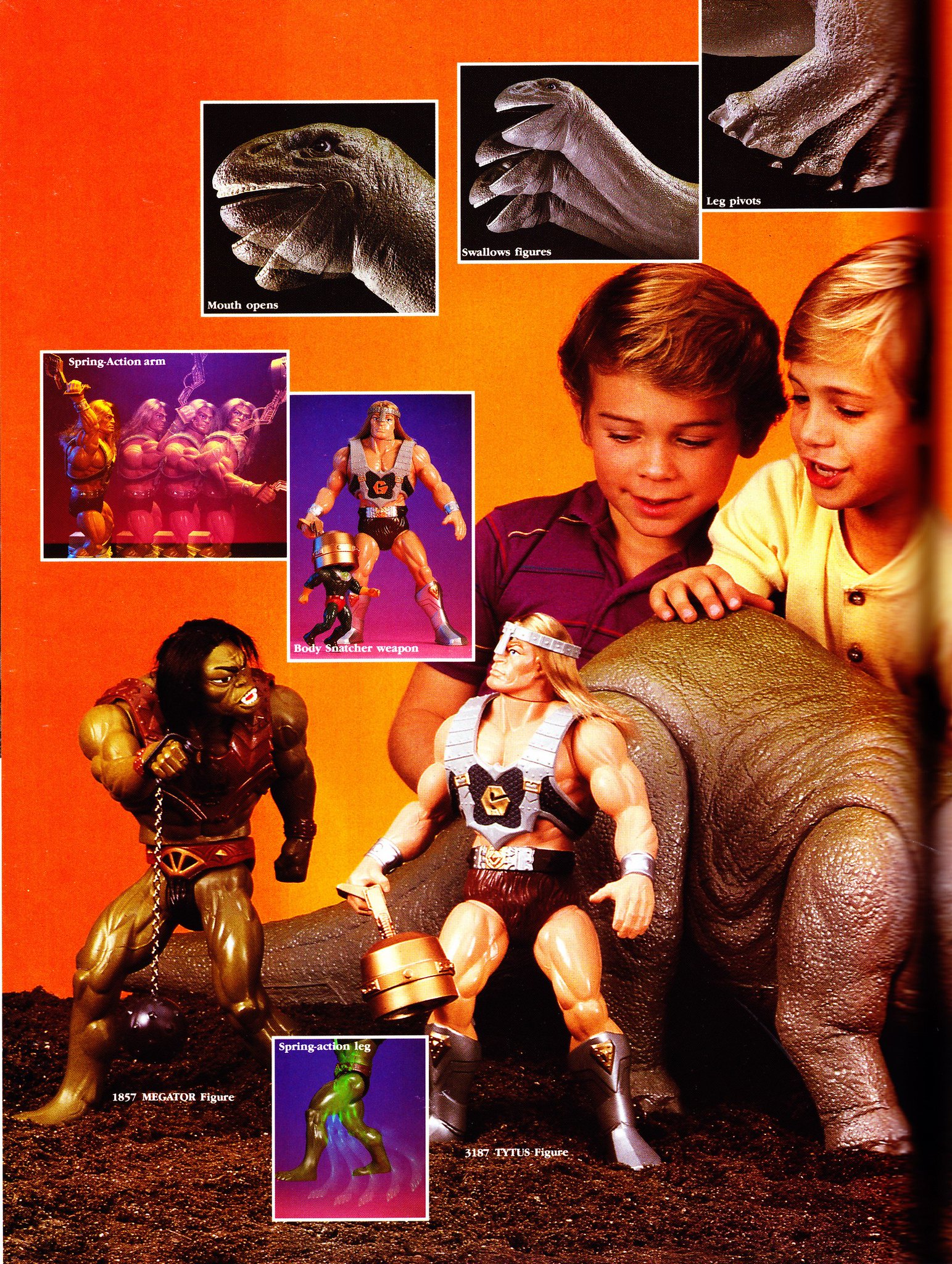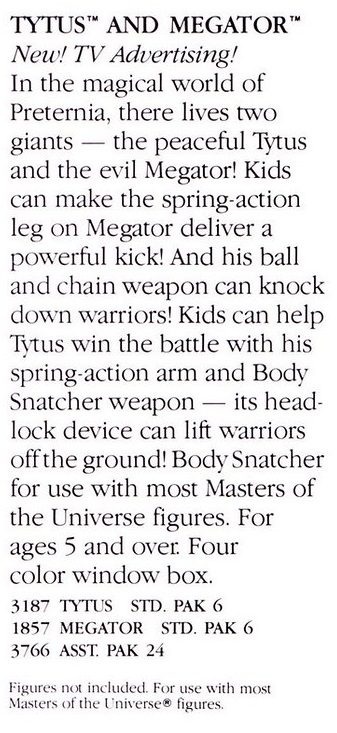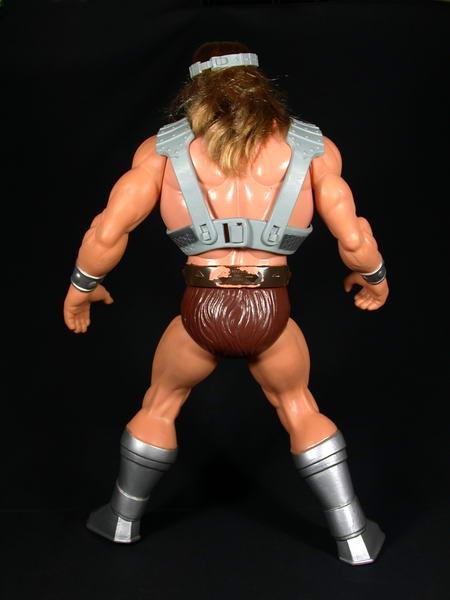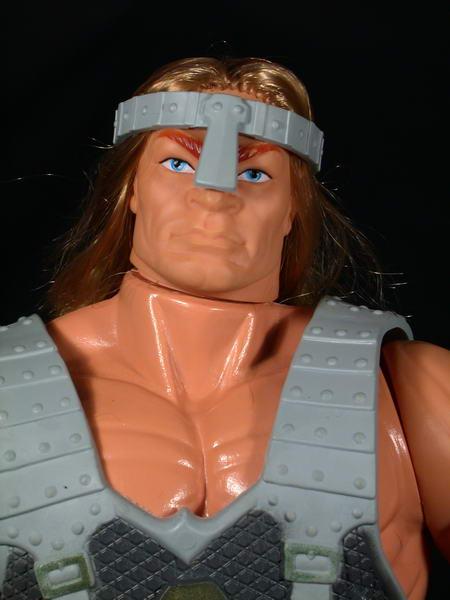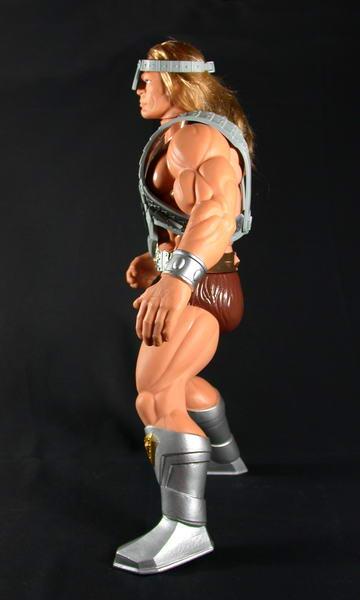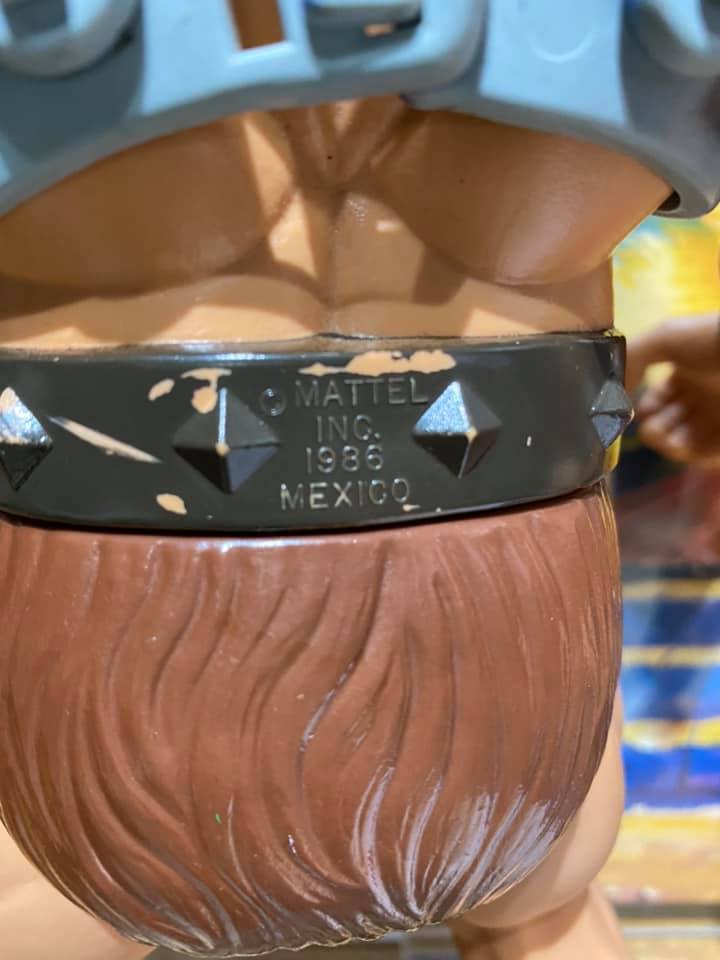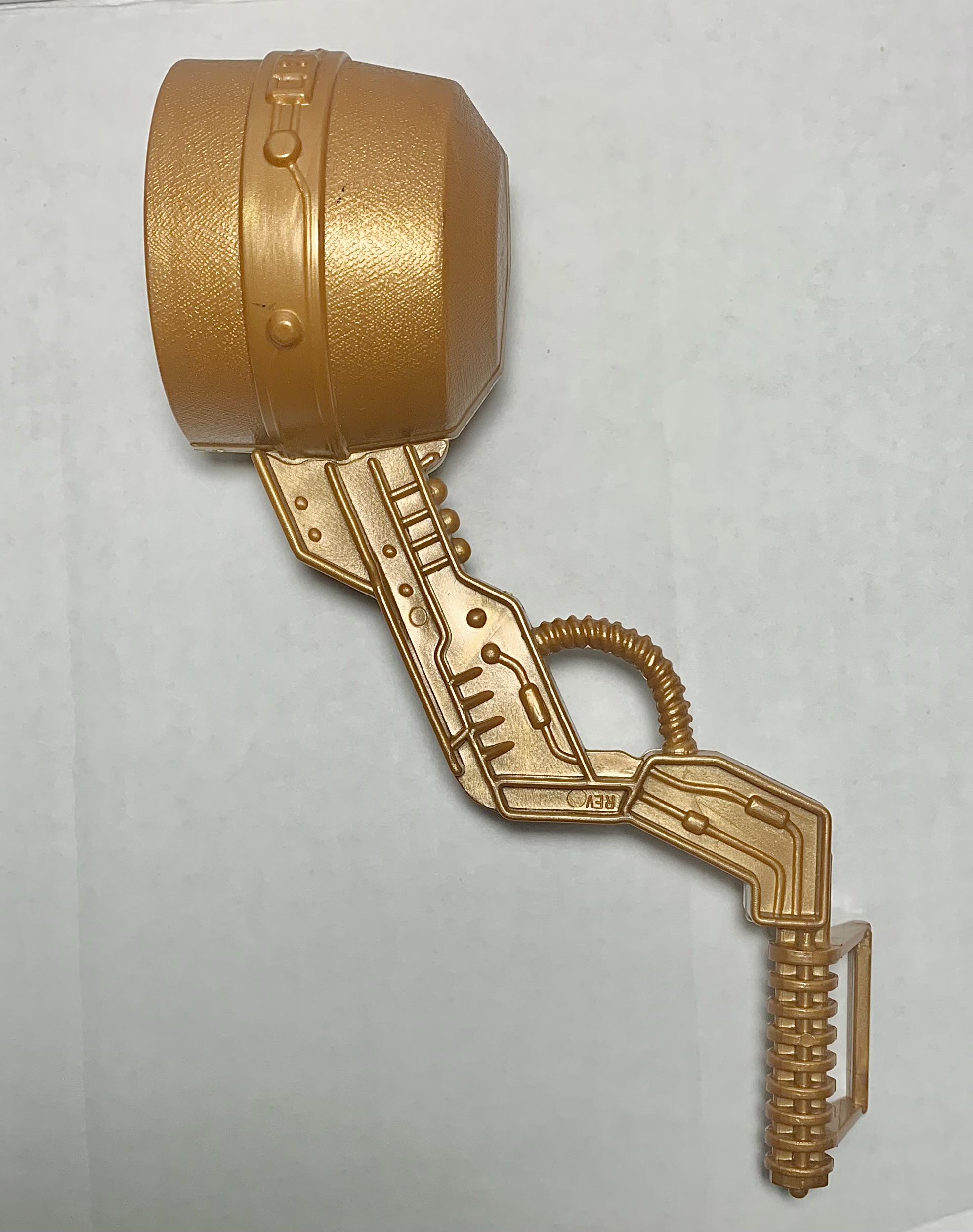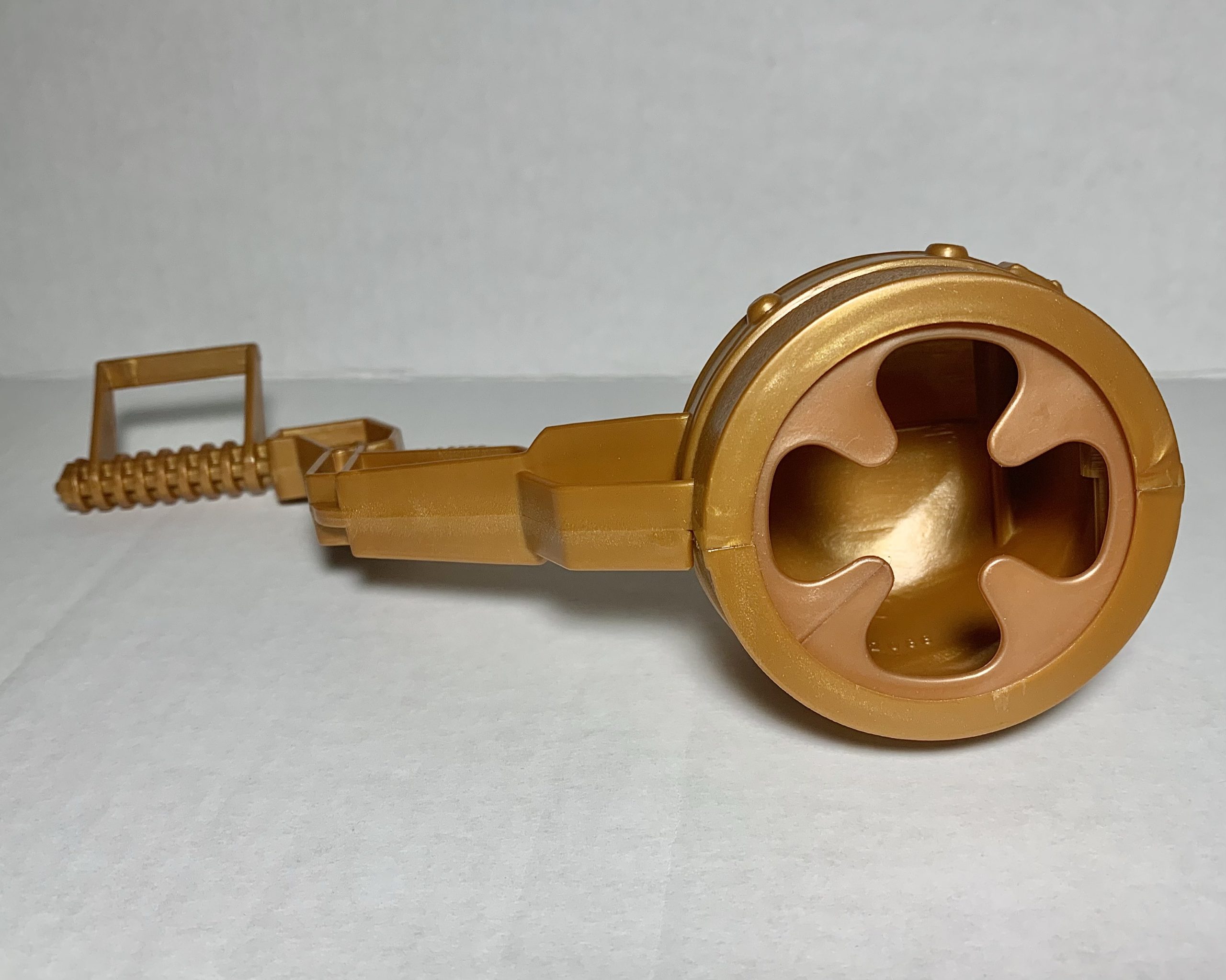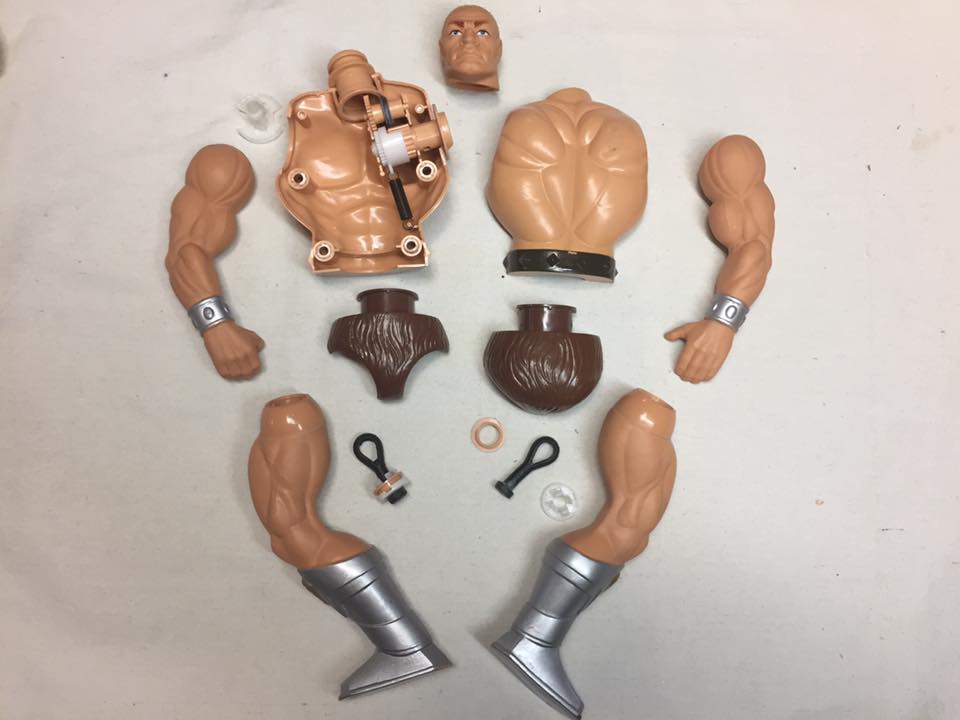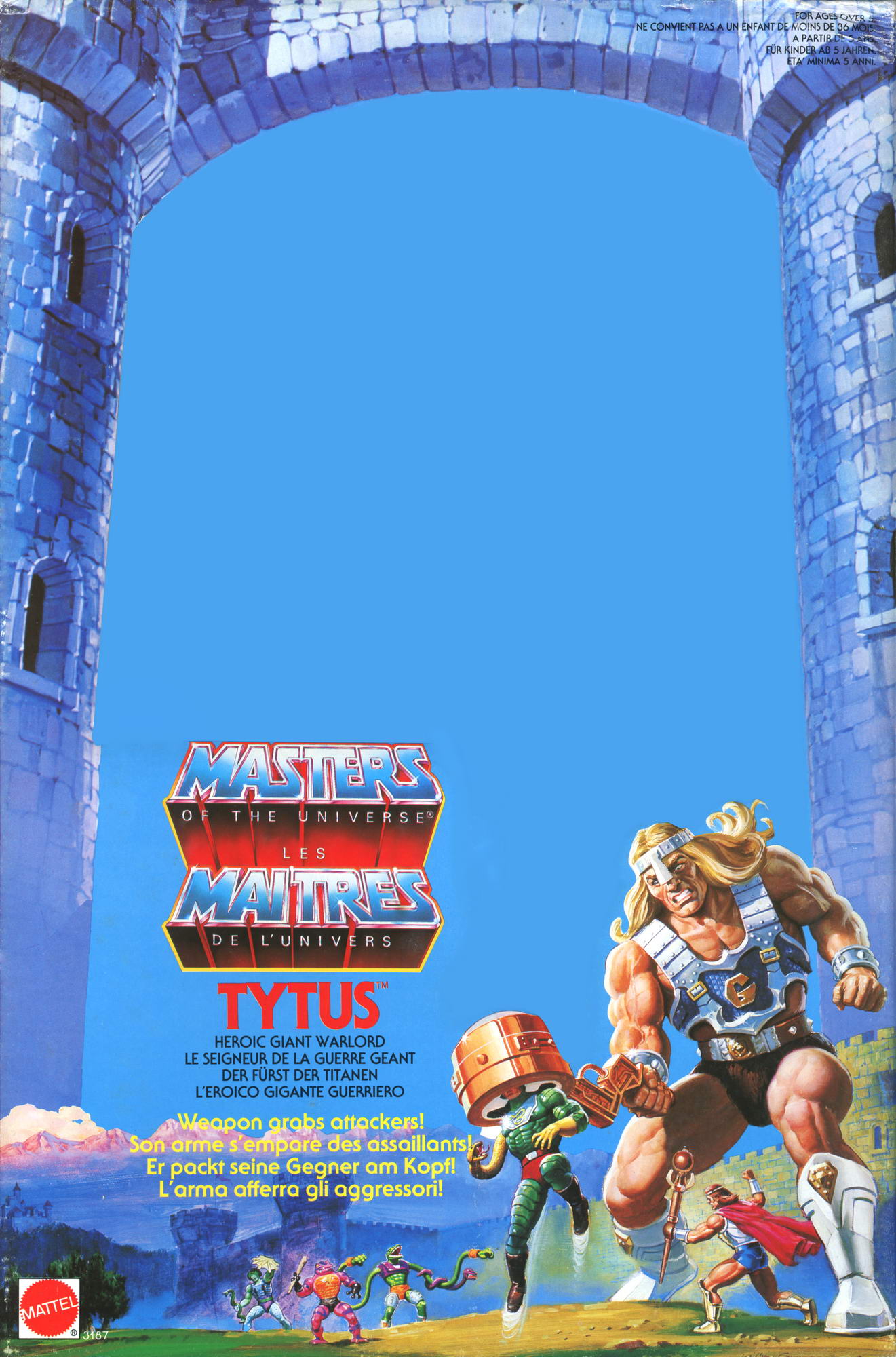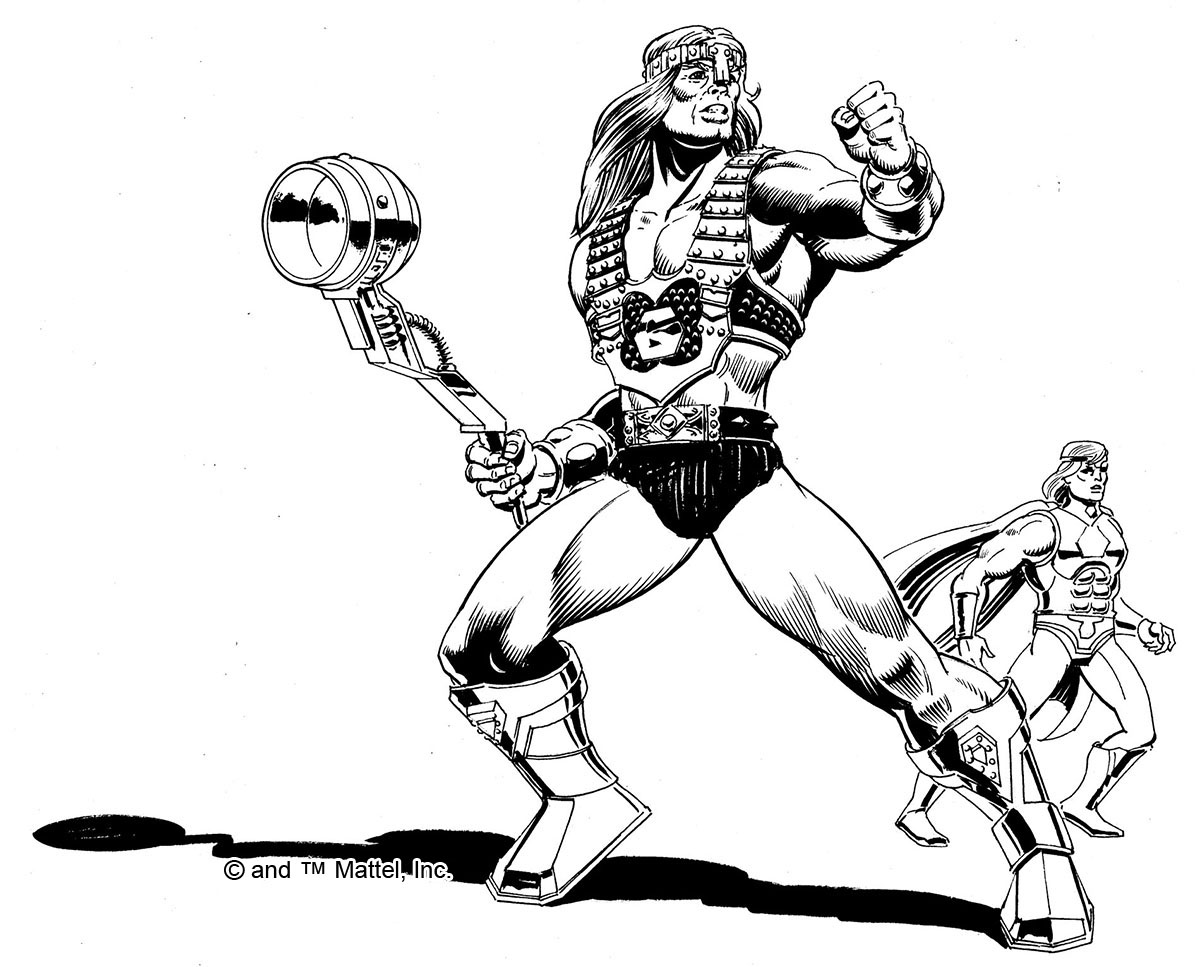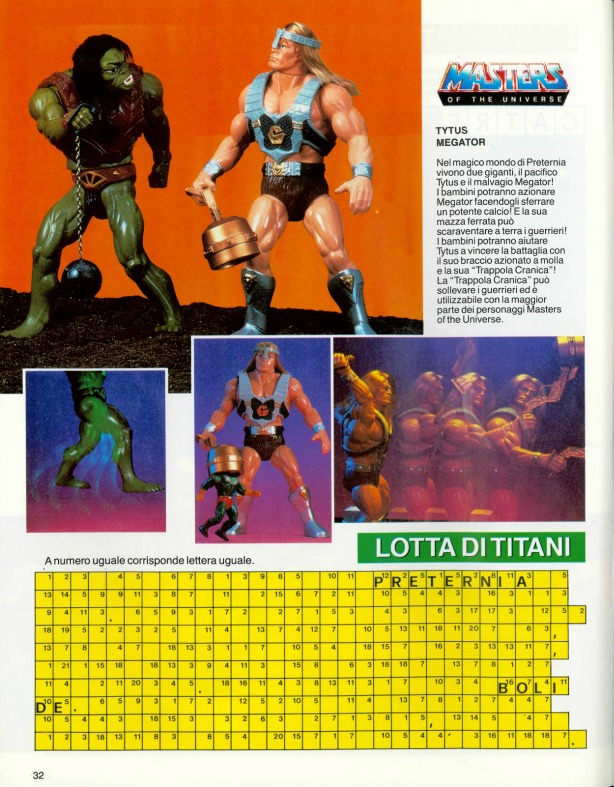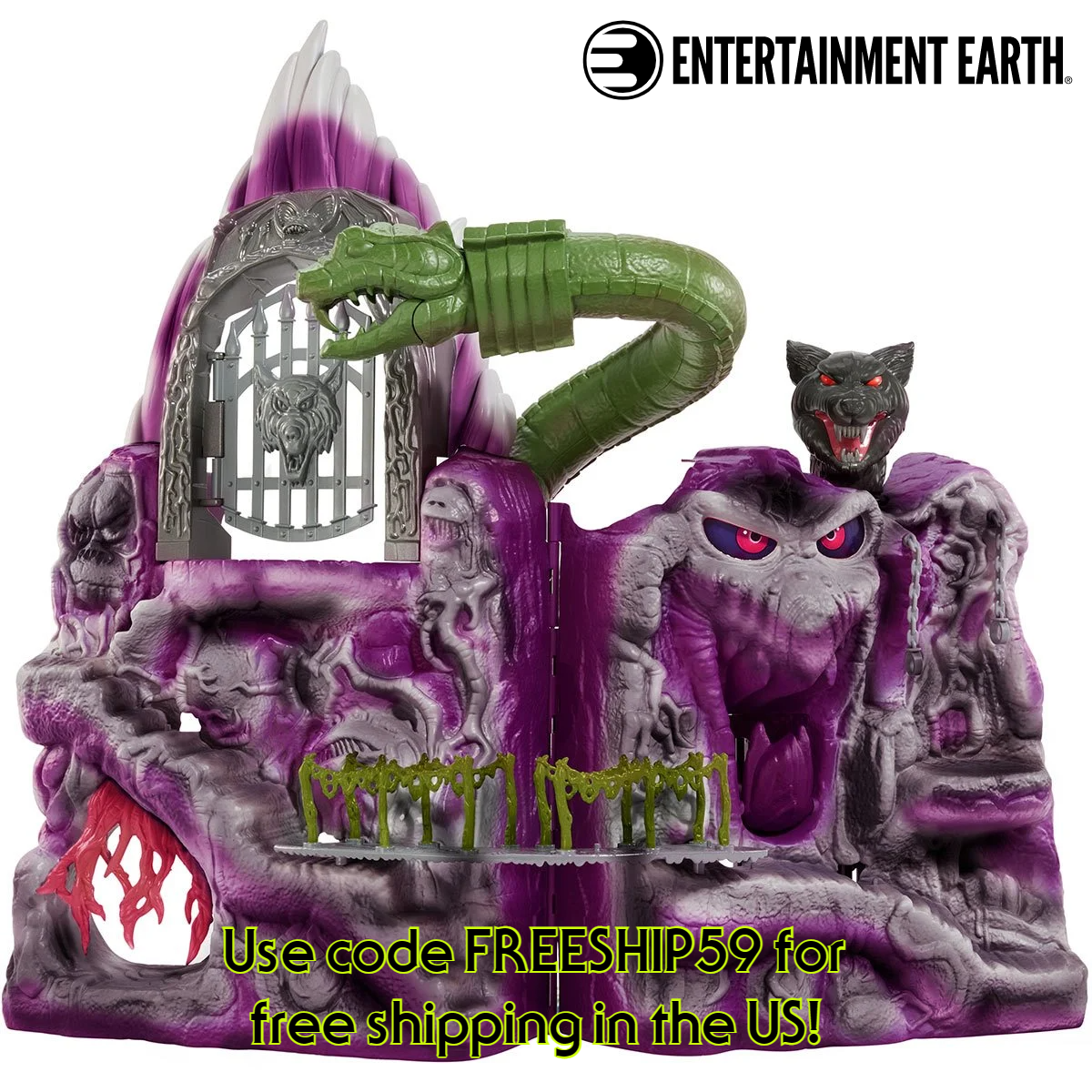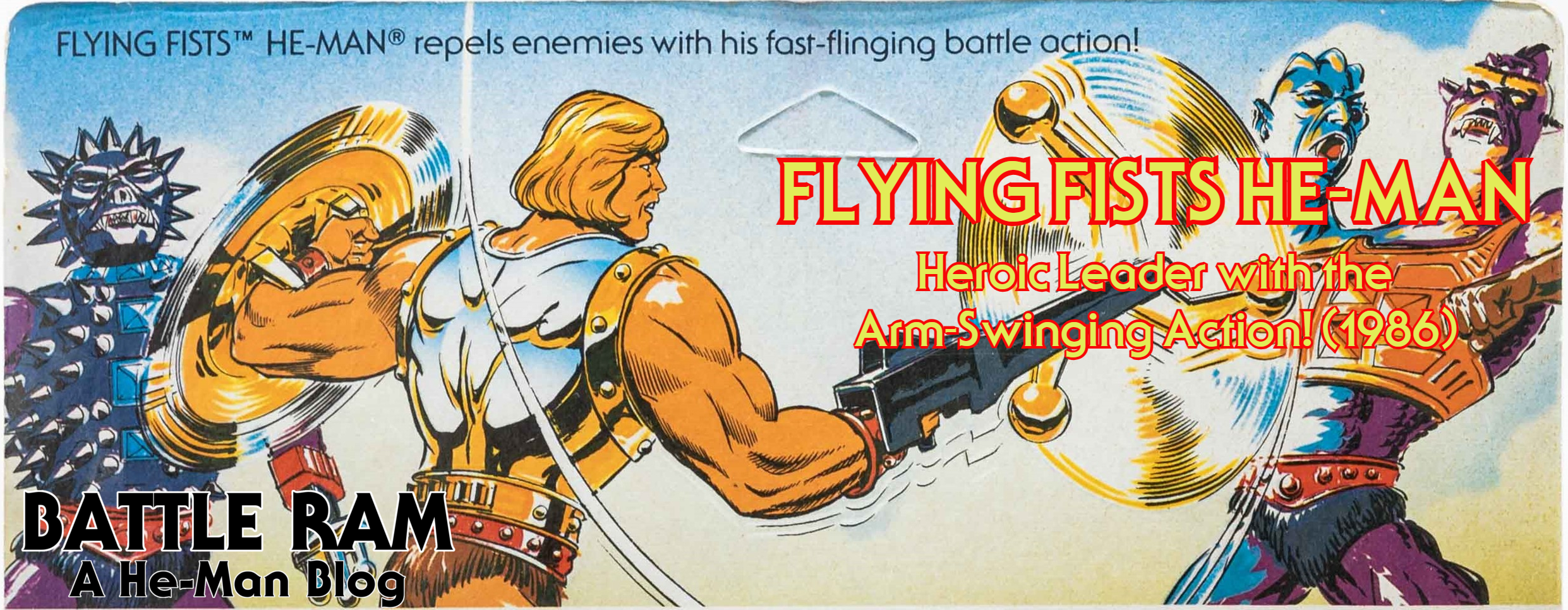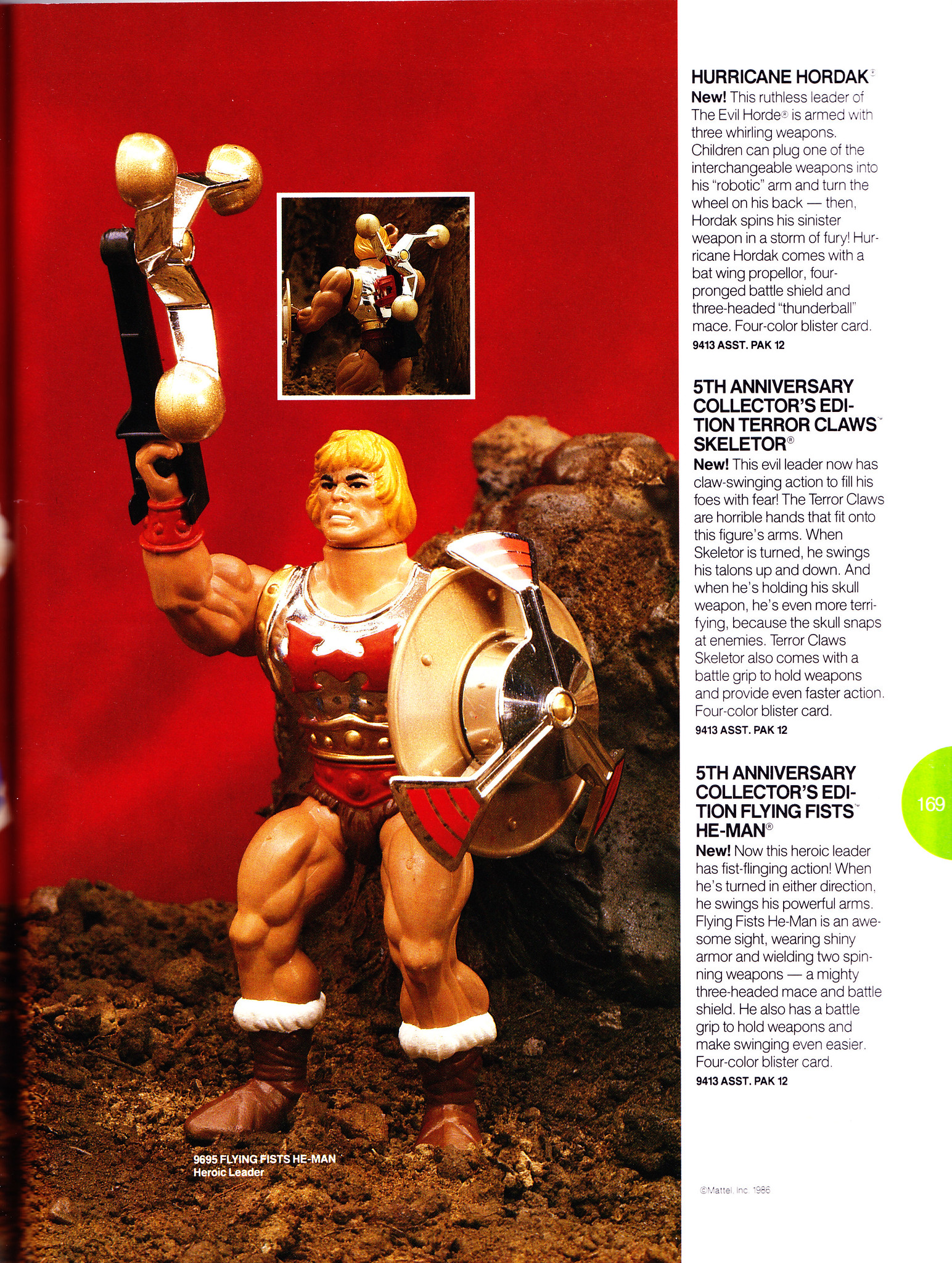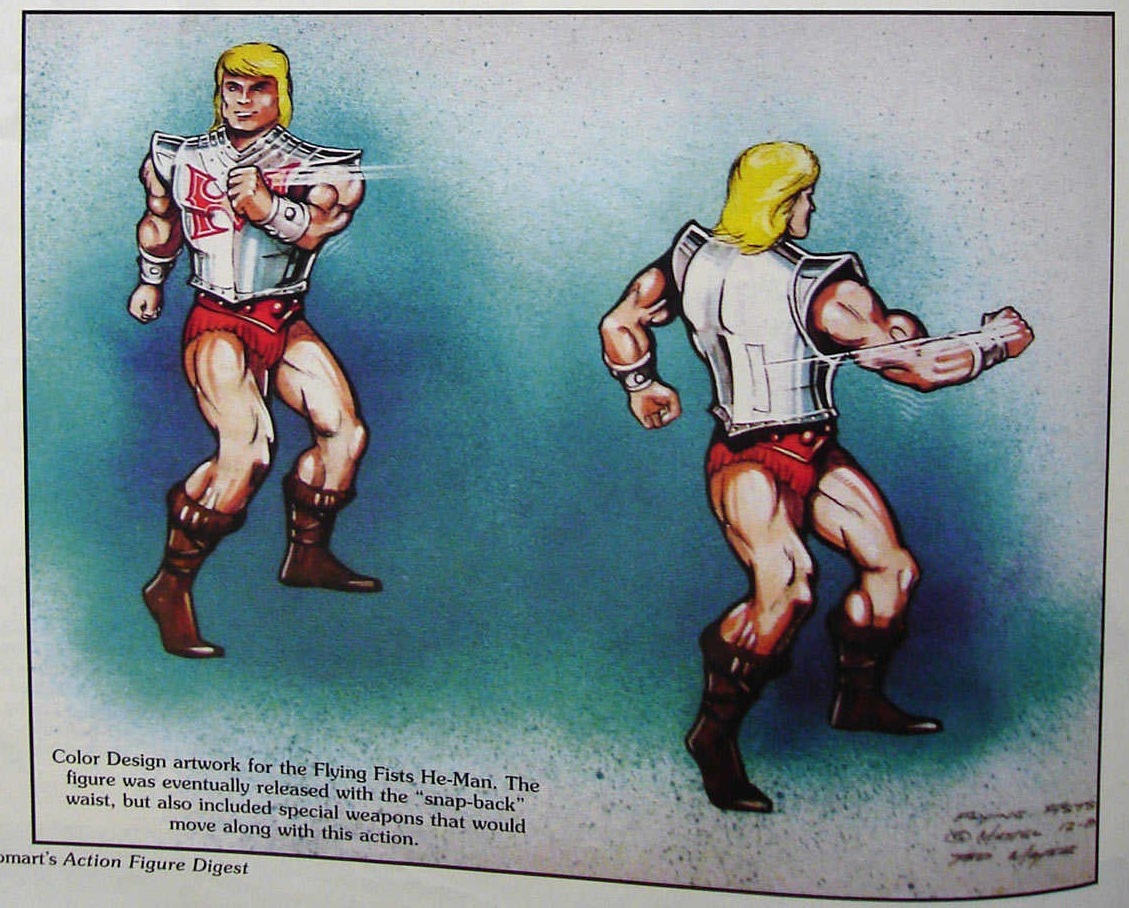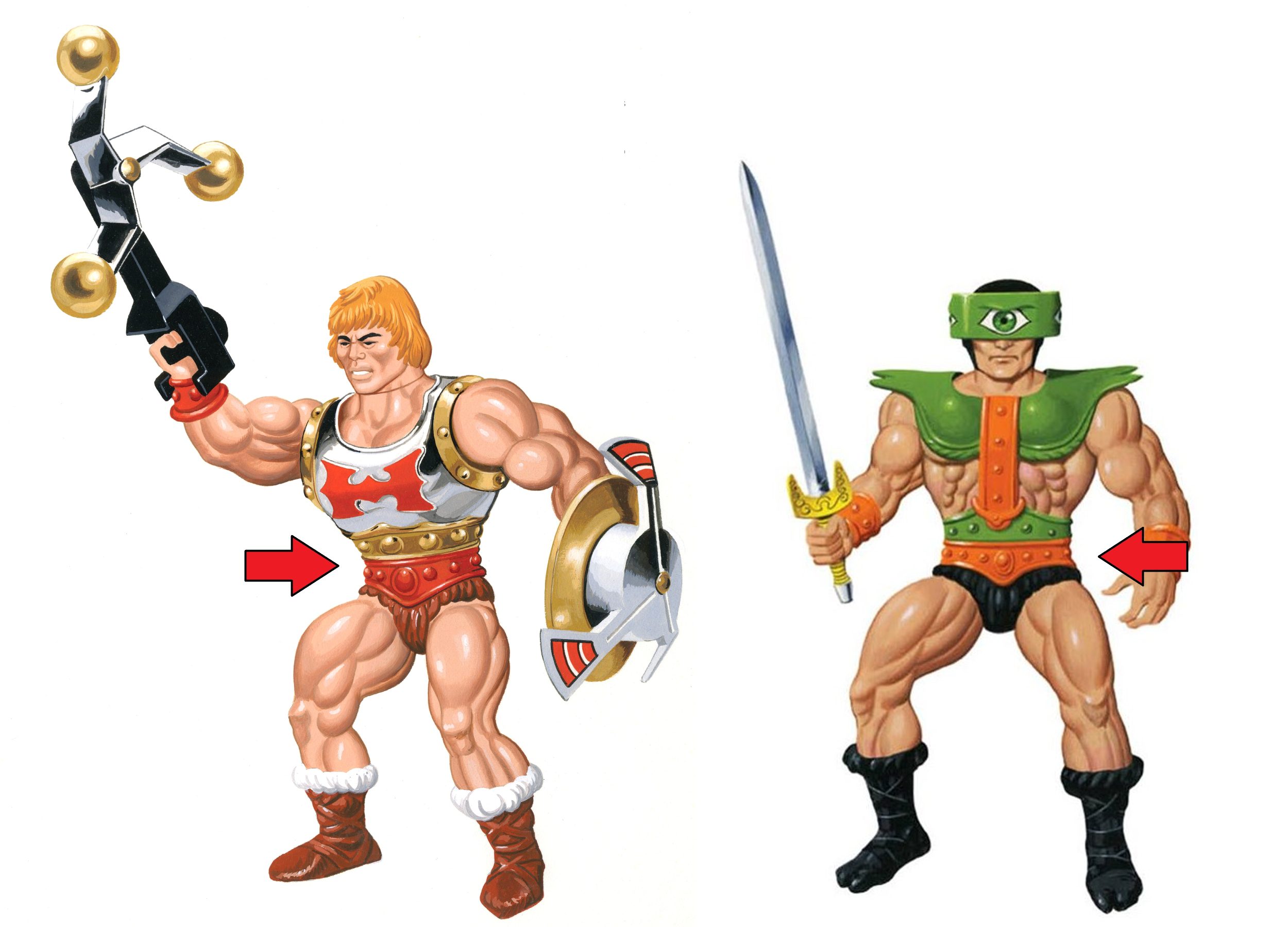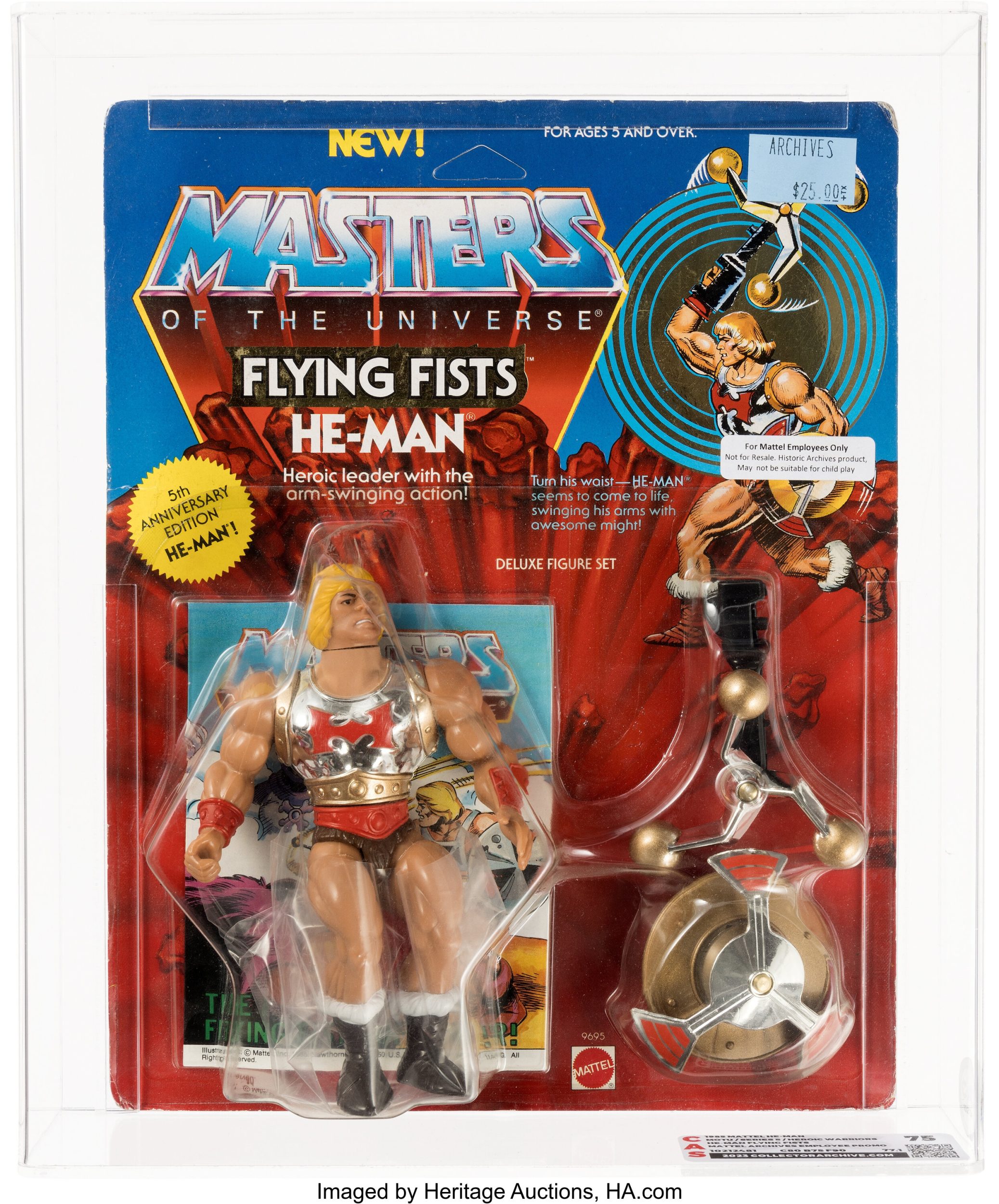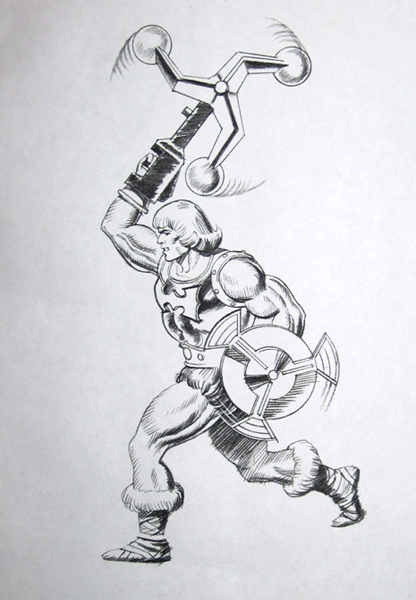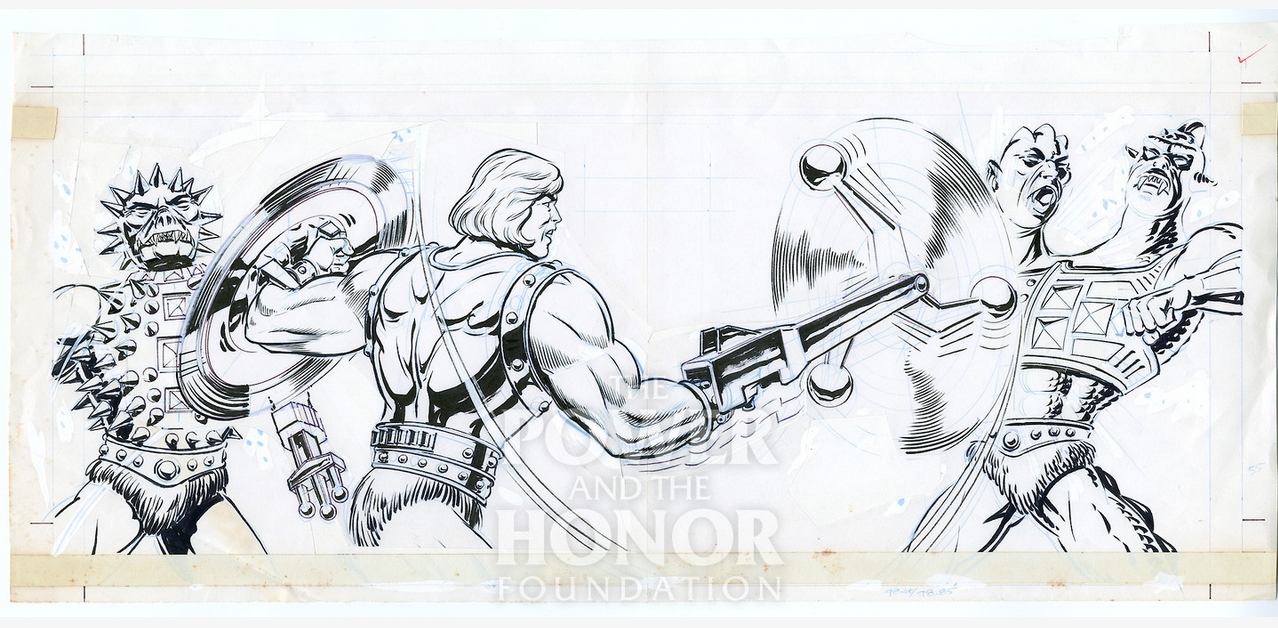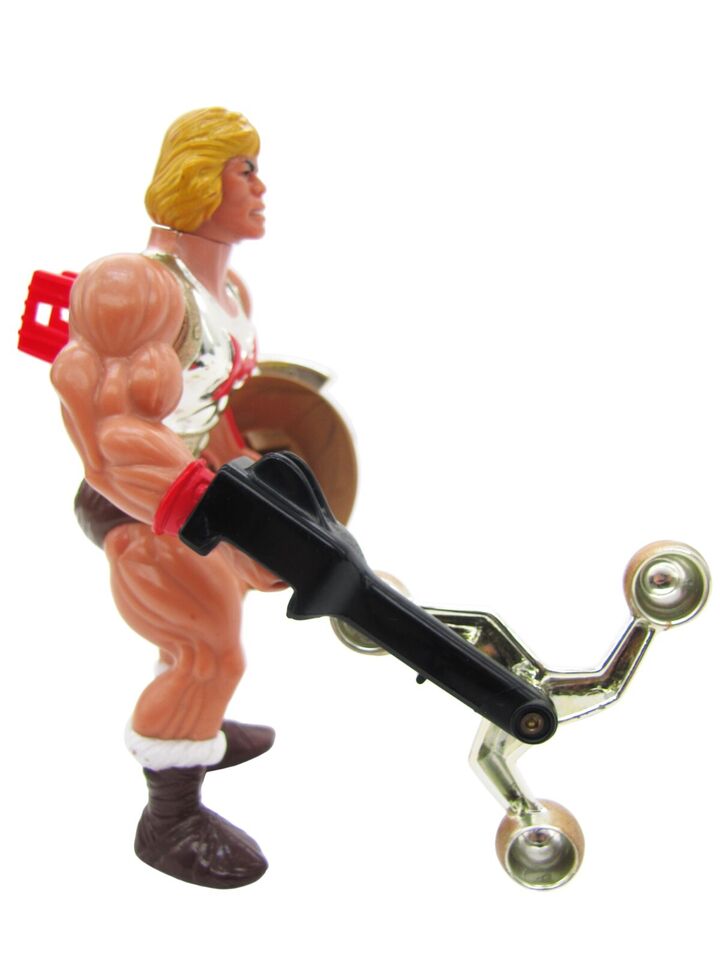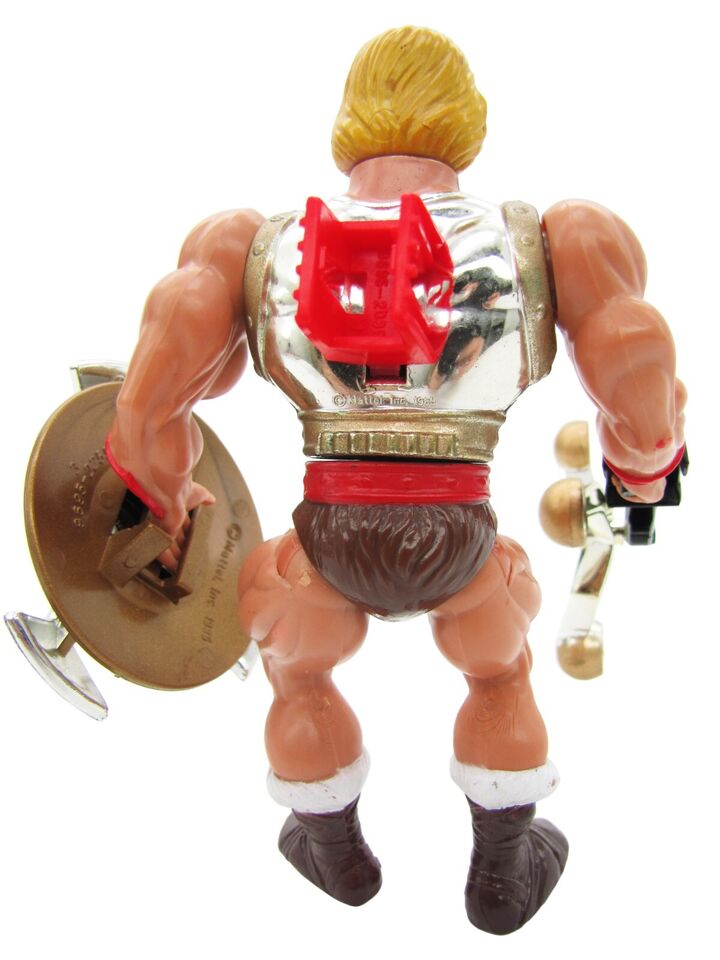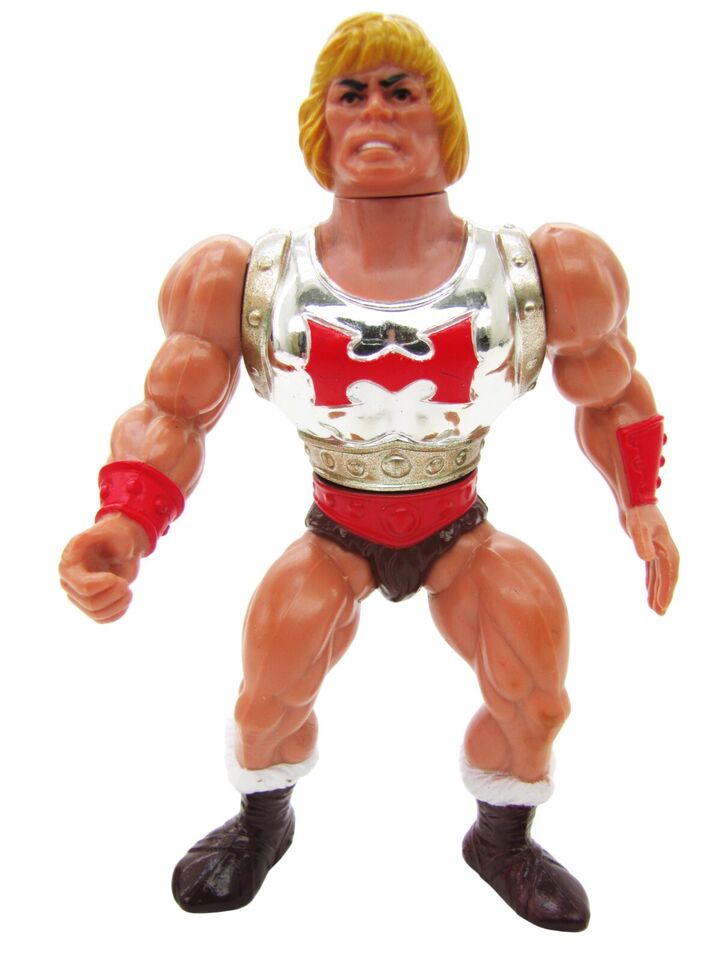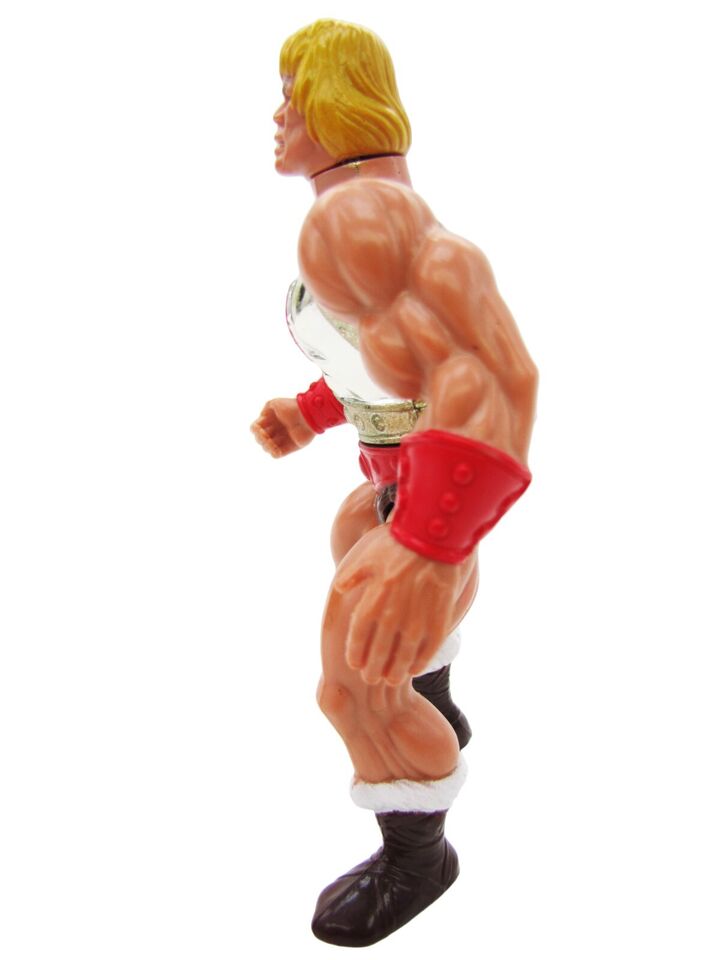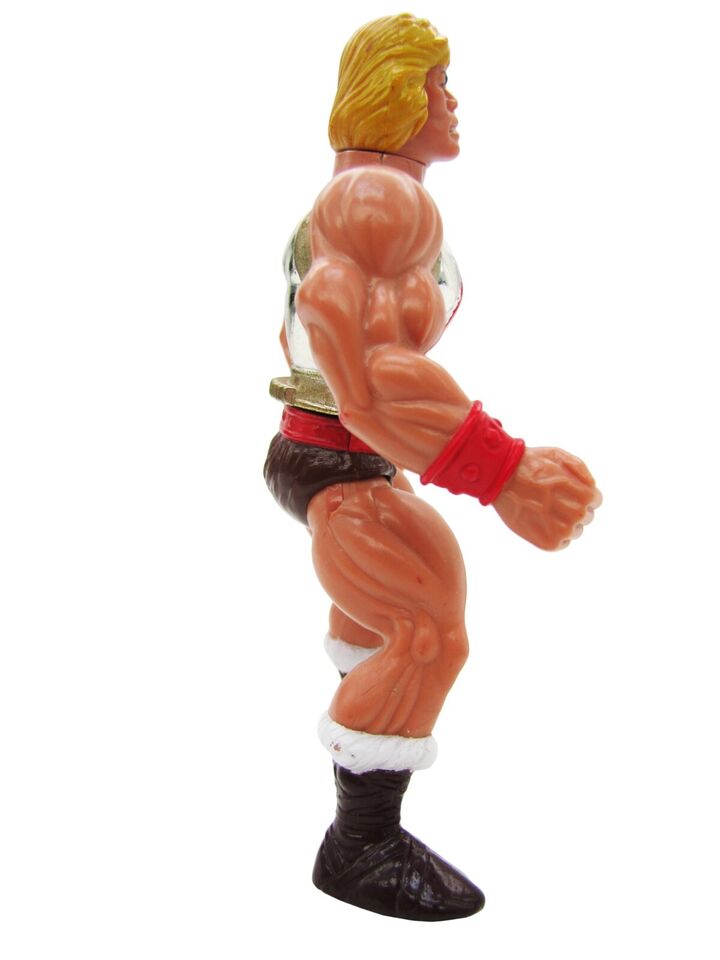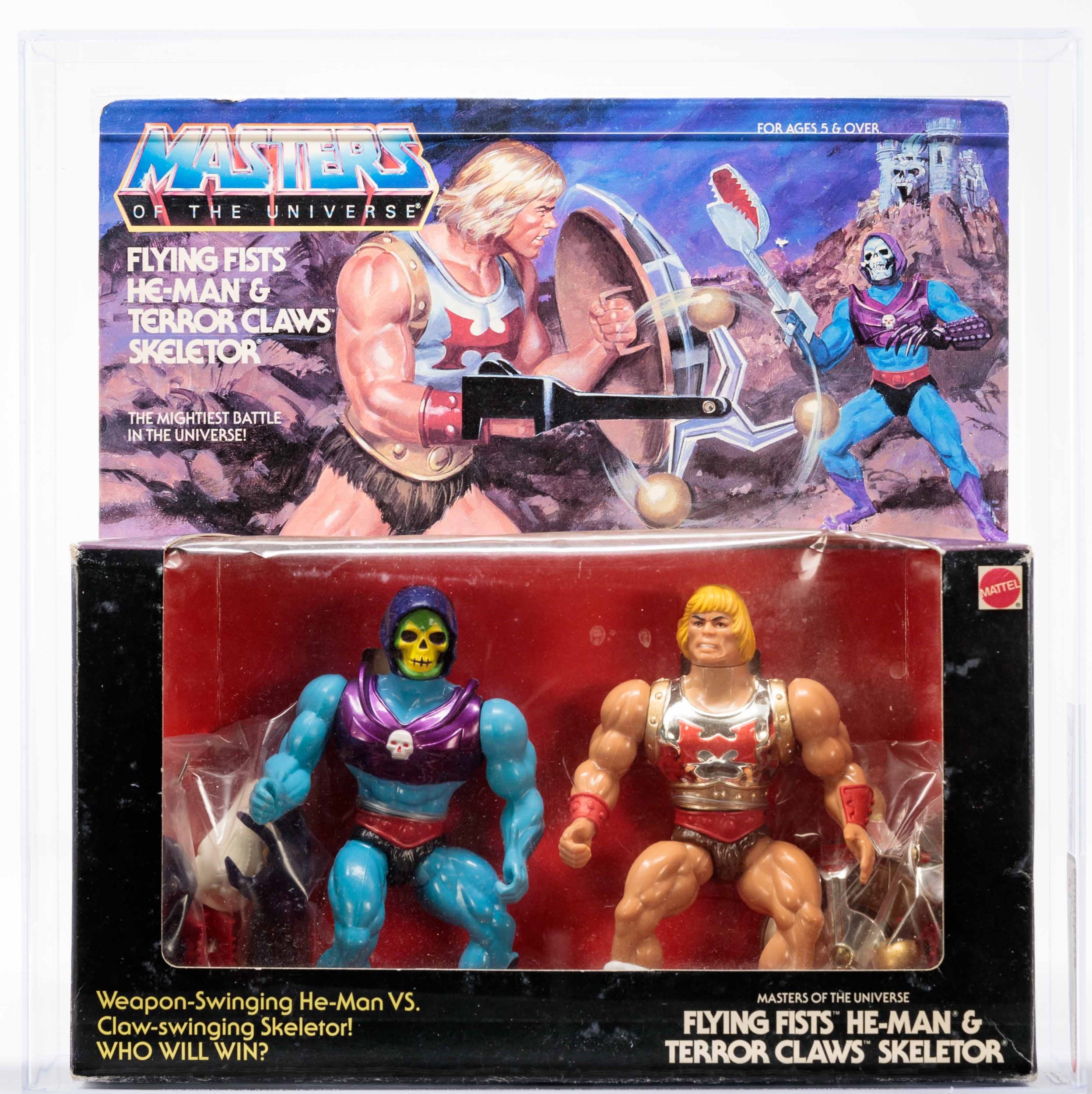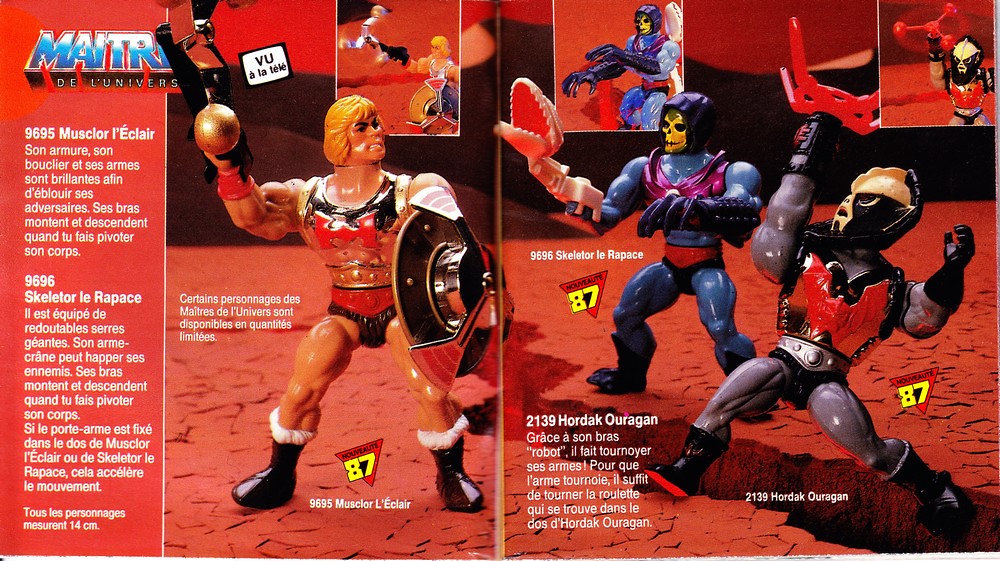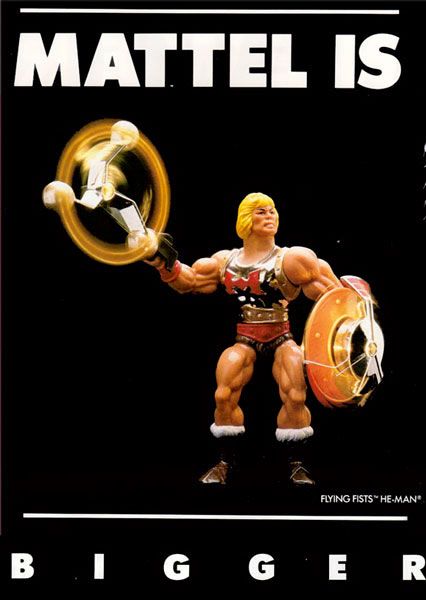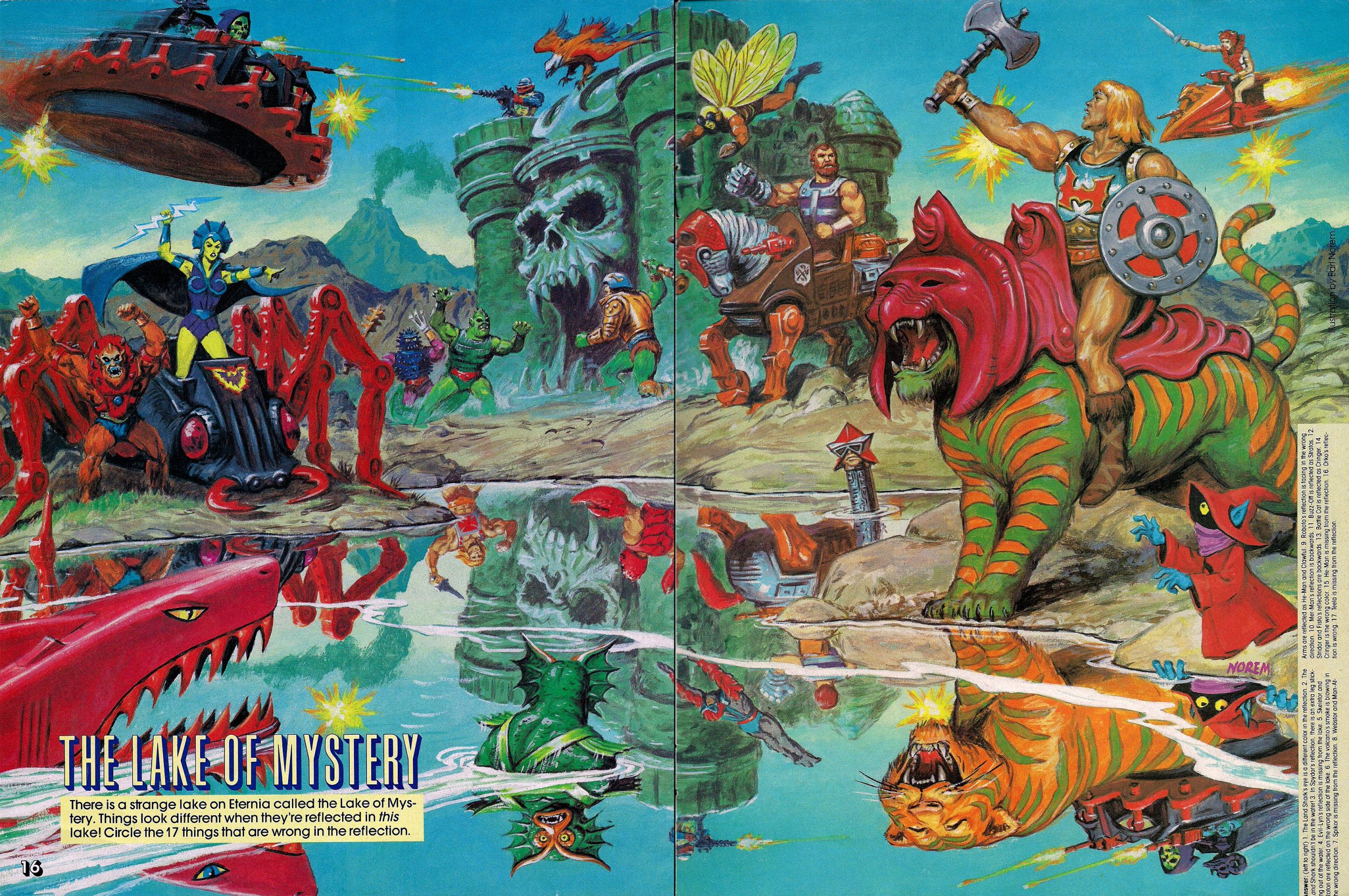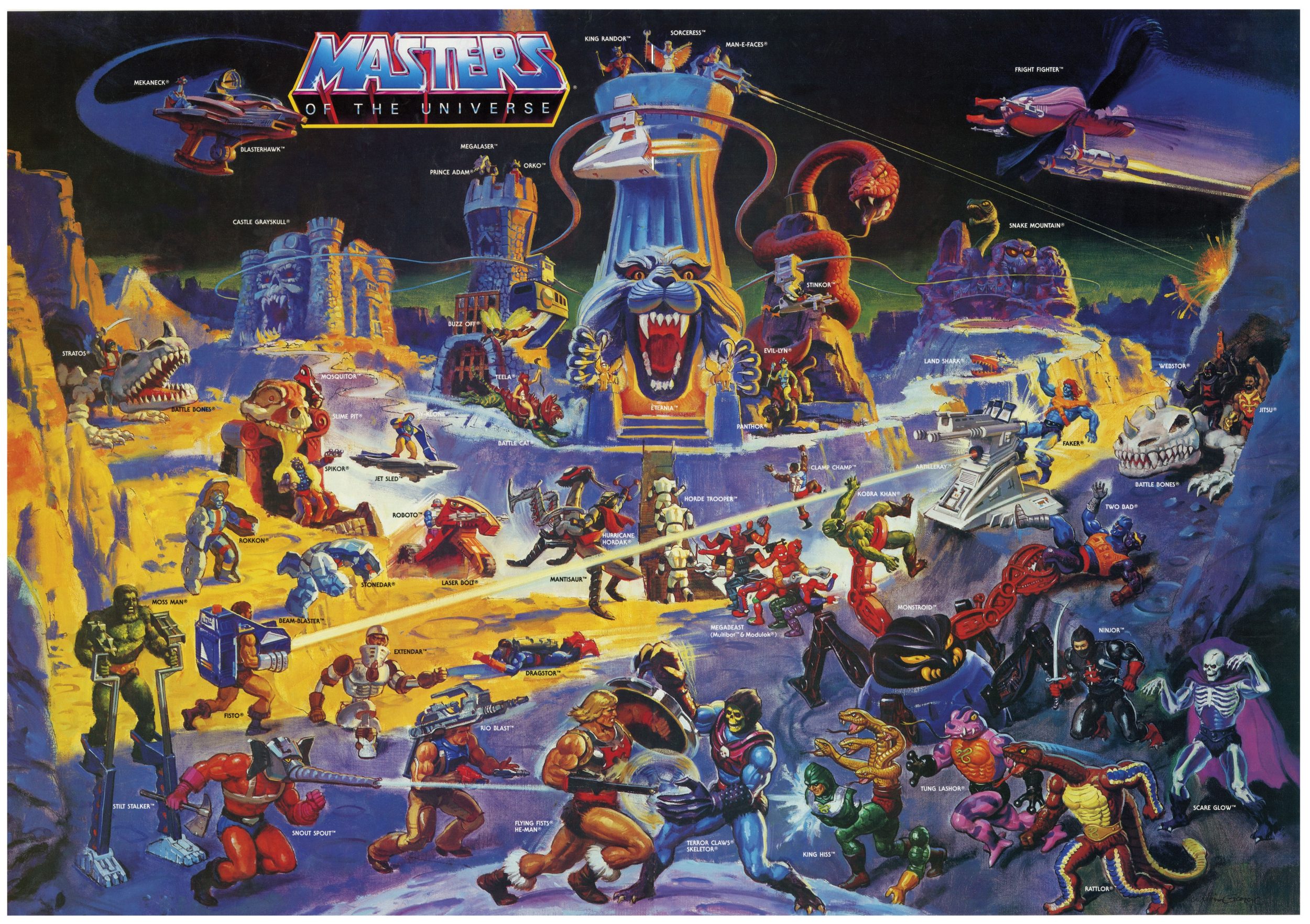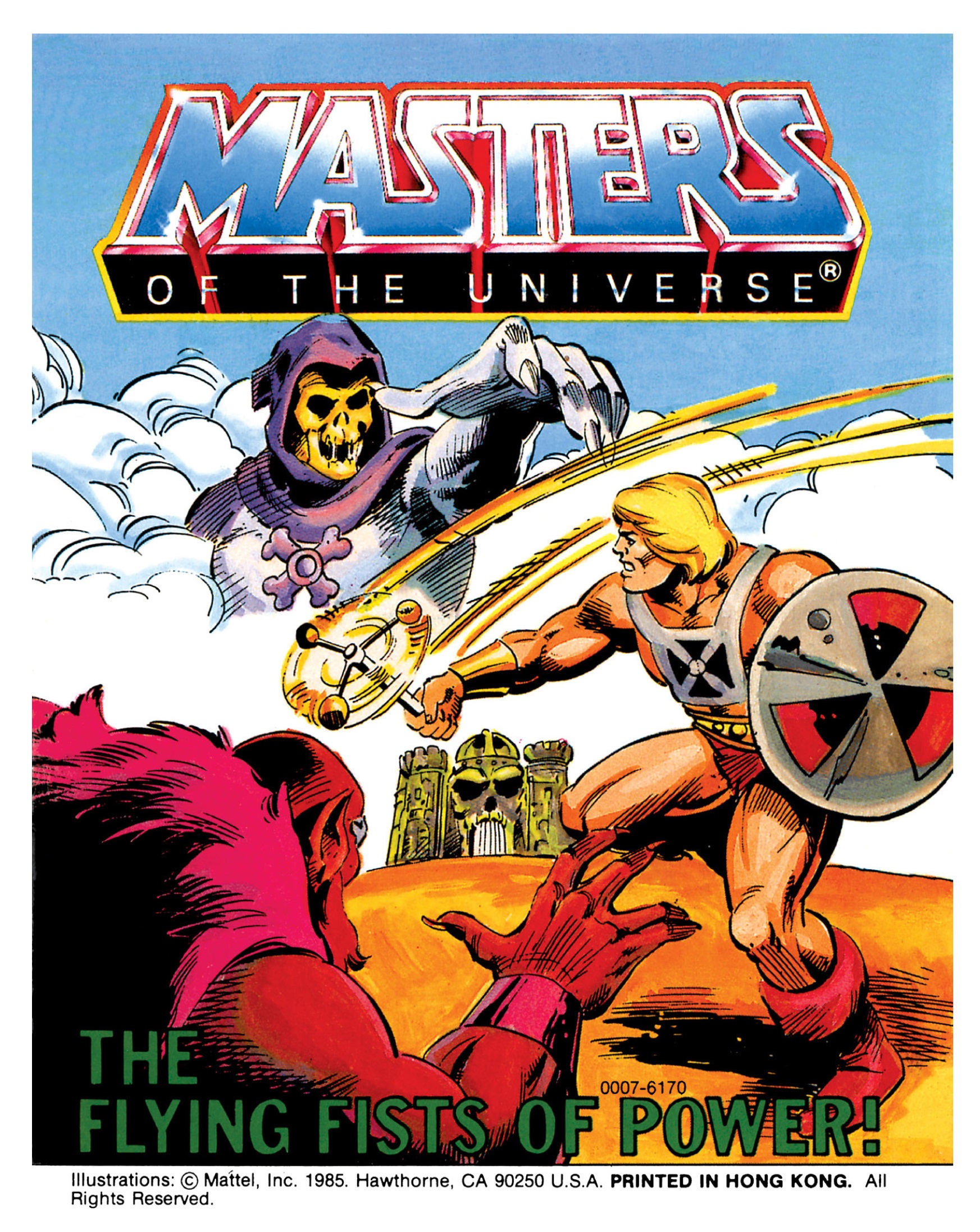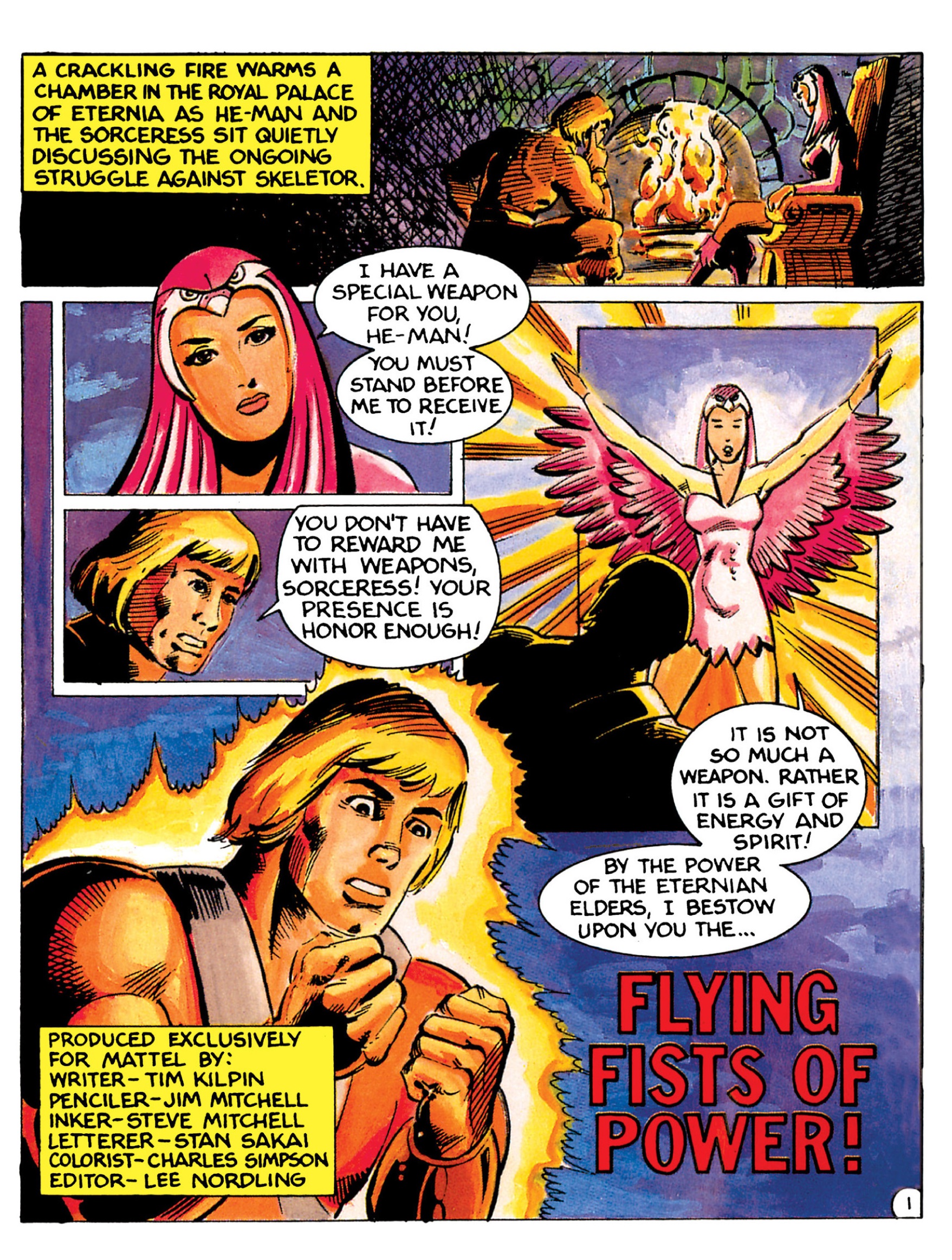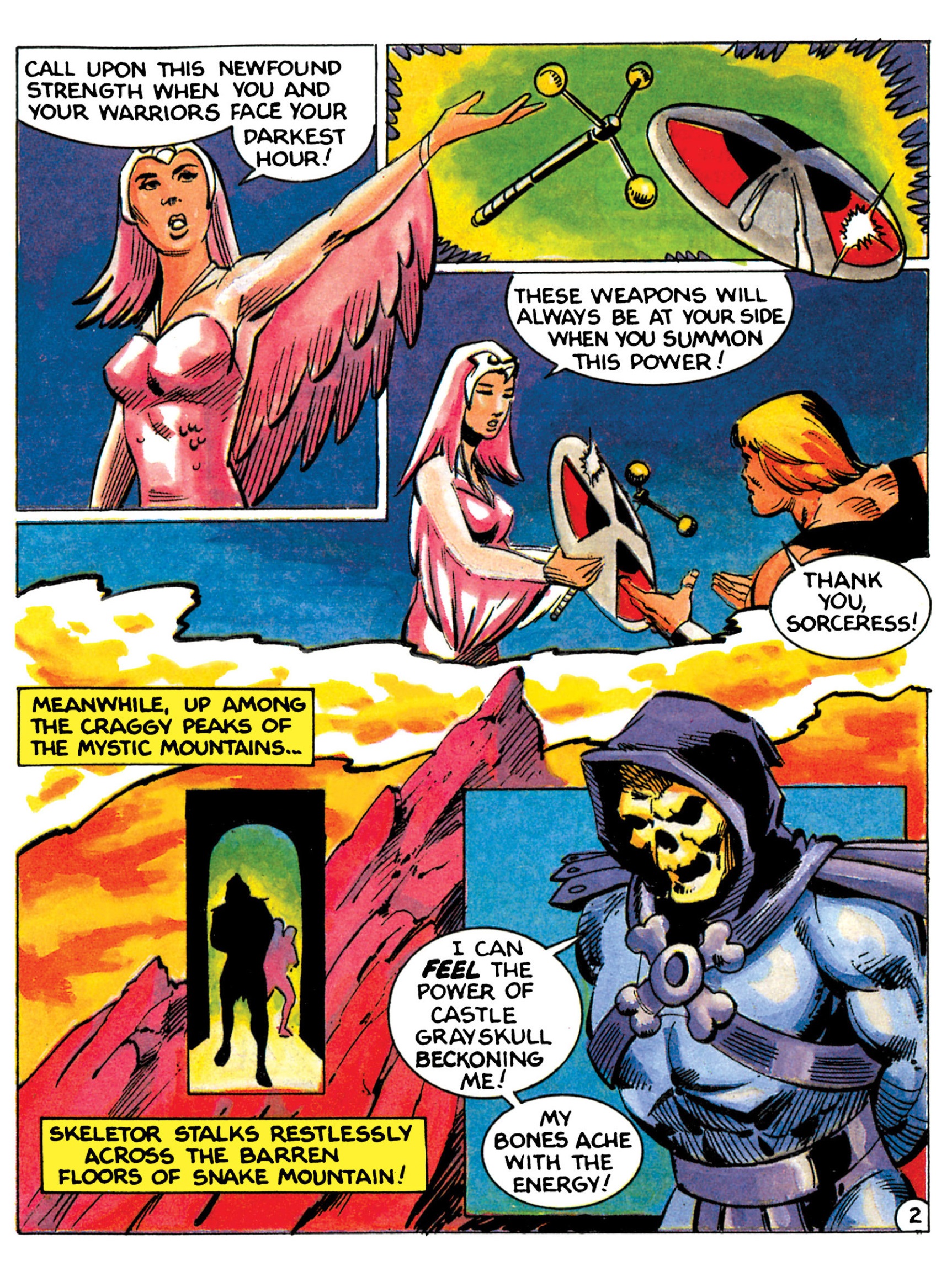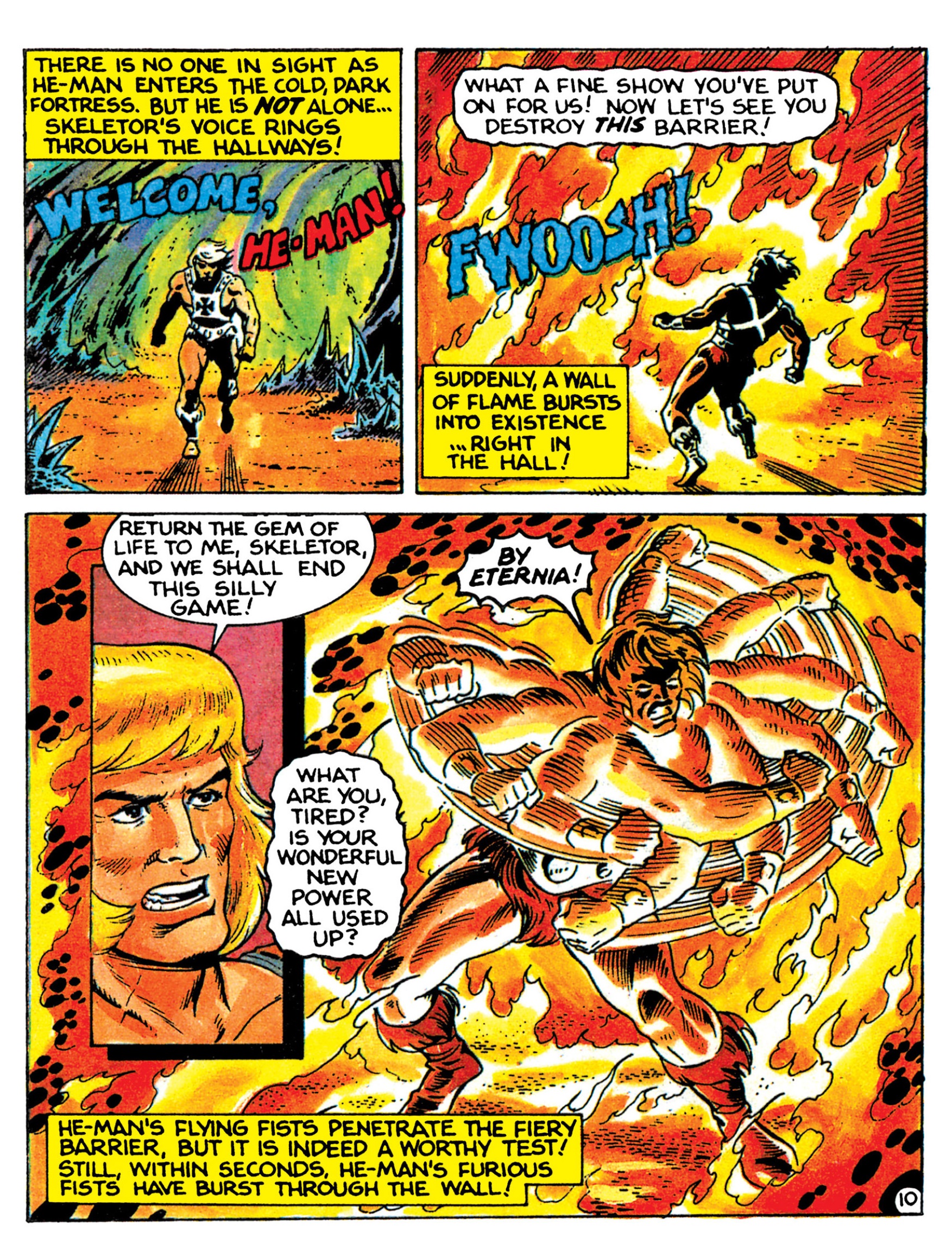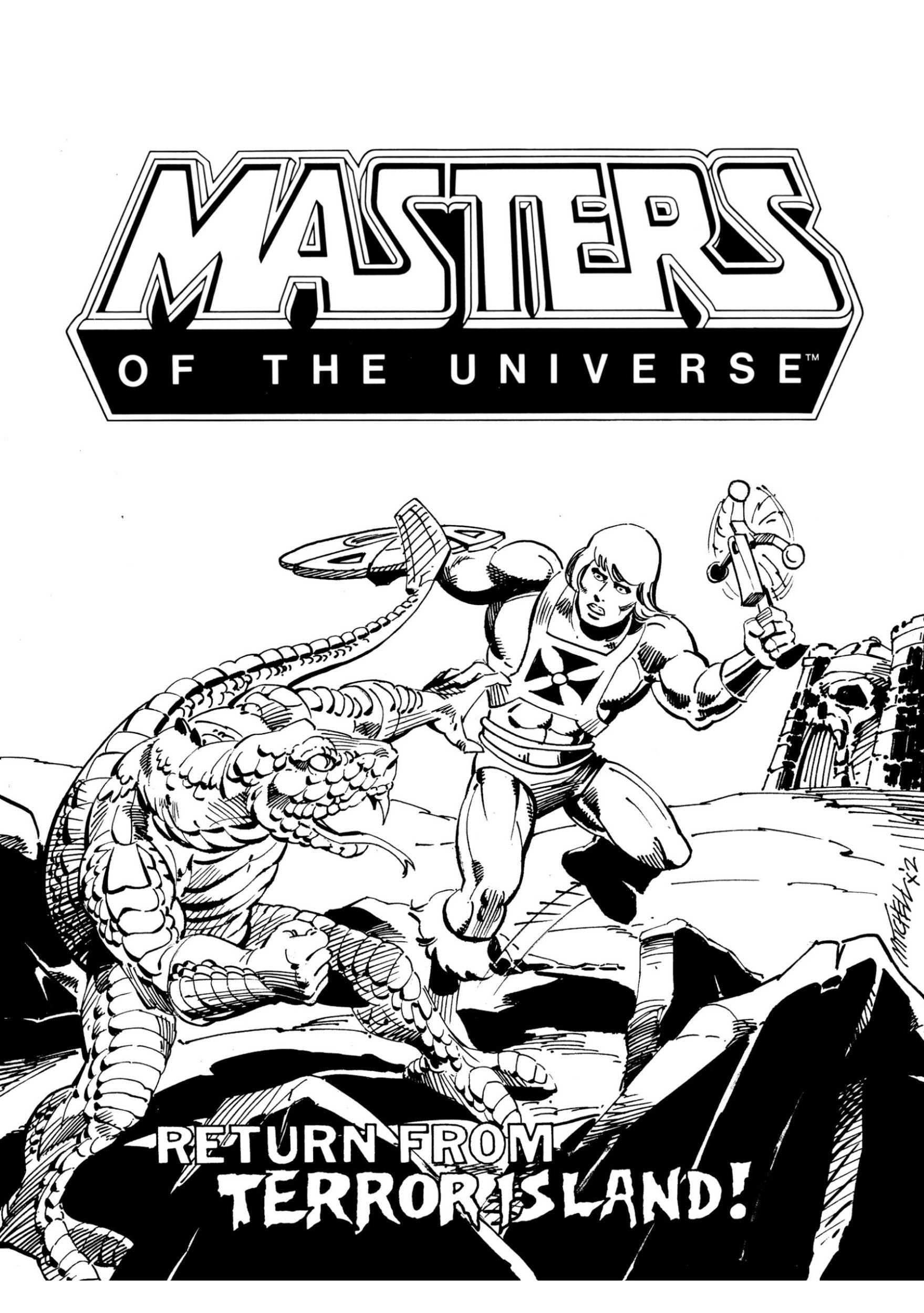Guest post by Dejan Dimitrovski

Honor Foundation
Initially, in 1982, Mattel planned eight figures for Wave 1 of the Masters of the Universe toy line. Envisioned by Mark Taylor, they were supposed to be He-Man, Skeletor, Teela, Sorceress (early snake-themed version), Beast Man, Mer-Man, Stratos, and Man-At Arms.

But when Teela and the Sorceress were blended into one figure, it left seven figures instead of eight. Thus, Zodac was developed as the last character of the original eight figures, and released in second half of 1982.
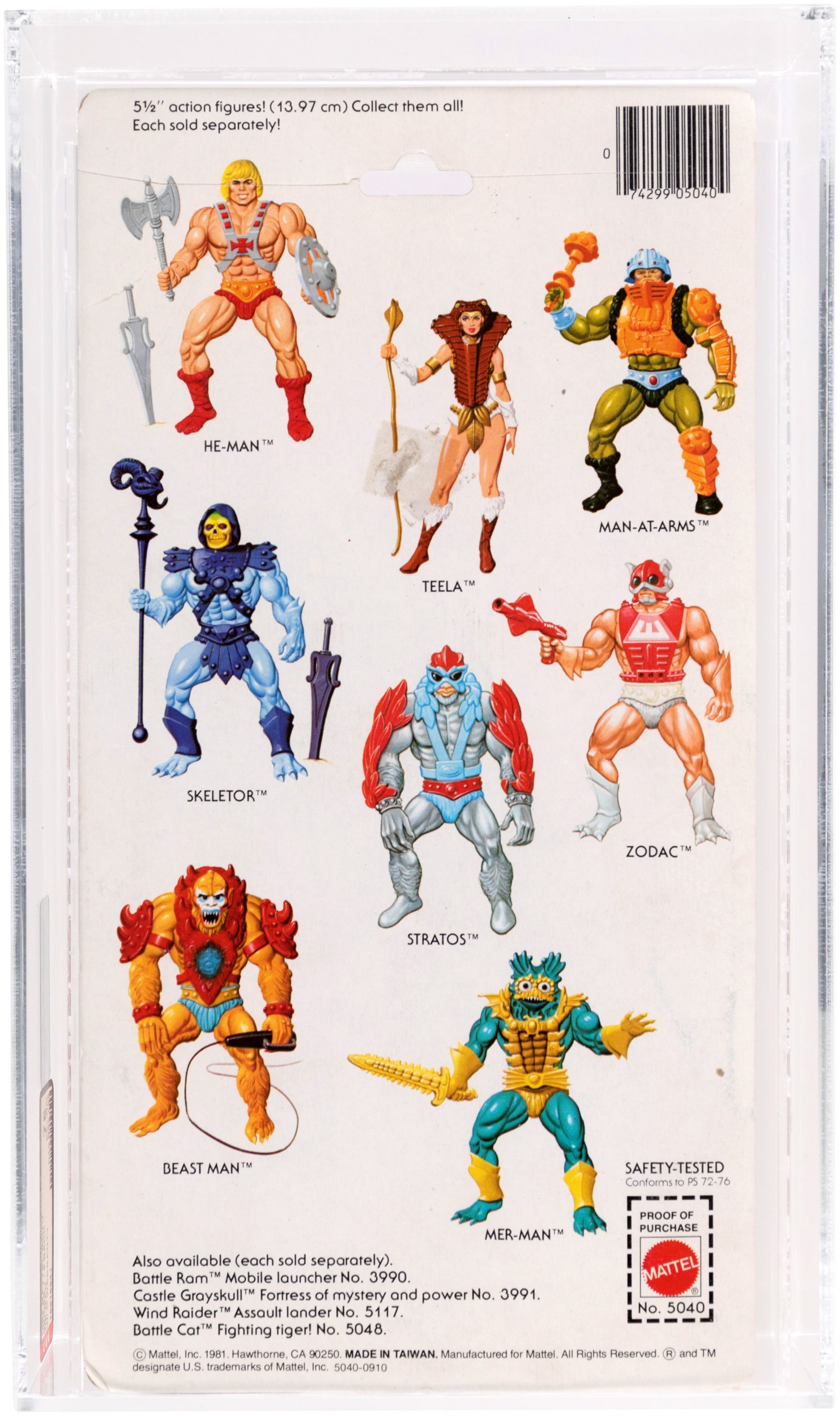
In this text I will try to review and summarize all the information that was already revealed on the original Zodac character, as well as add some information revealed to me by Rebecca and Mark Taylor.
The original Zodac B-Sheet by Mark Taylor, dating from 1981, shows that this character was at first named differently “Sensor”. He was renamed a few times more before getting his final name “Zodac”. Possibly, the name Zodac is derived from the word ZODIAC – a term used in both astronomy and astrology, referring to the area of the sky that corresponds to the Sun’s apparent annual path around Earth in the course of a year. The association of this character with stars and cosmos (and the fact that Zodac is made a Cosmic Enforcer sailing through space), would go in favor of this name speculation.
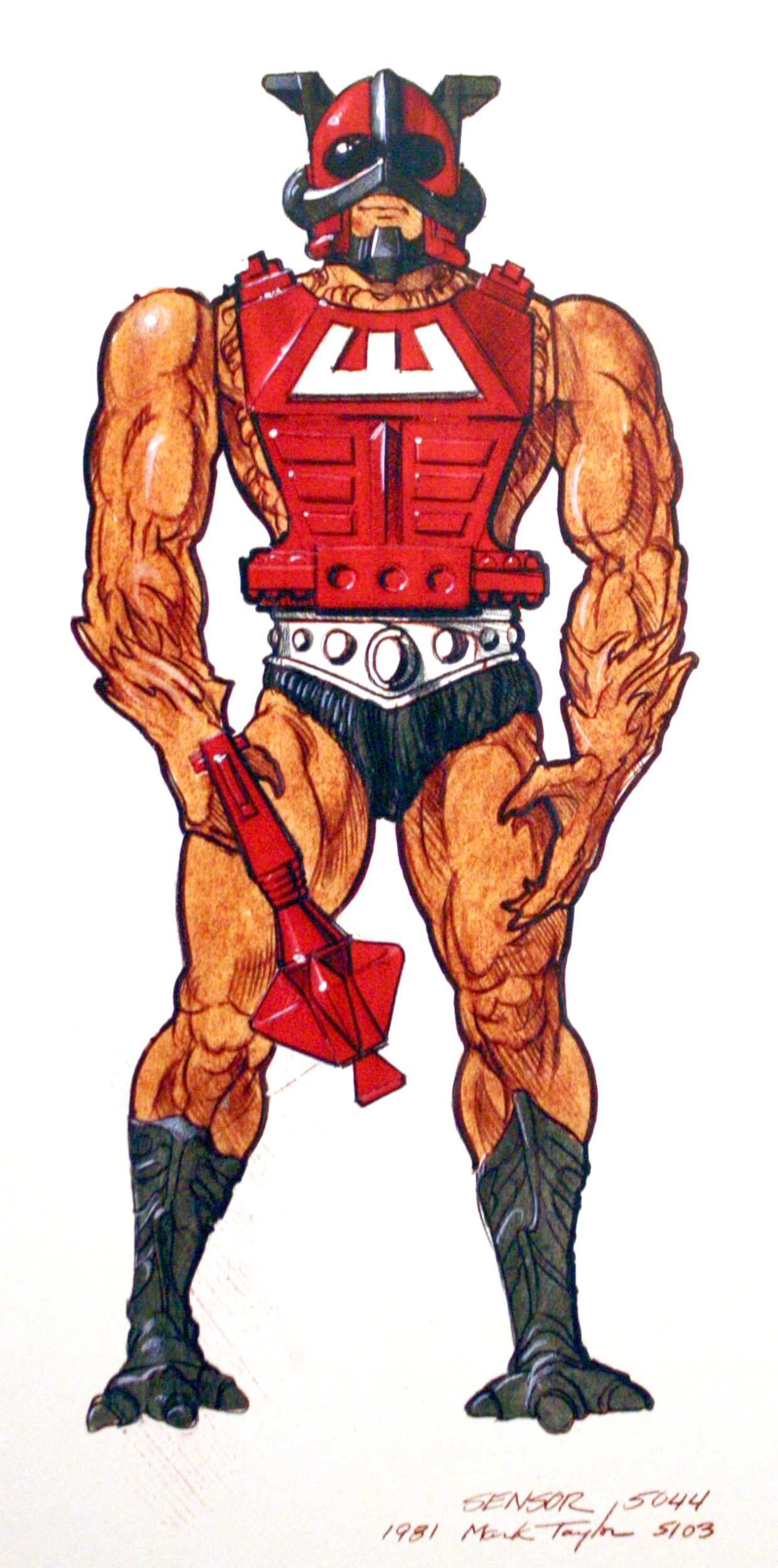
The figure design reuses body parts formerly seen in other figures but introduces few new parts as well – a decision of Mattel to save money. It borrowed Skeletor‘s arms and claw-like feet and Beast Man‘s furry chest, while the new parts included his head, armor, and blaster. As a result, Zodac seems to be a being not entirely human, rather a member of a hybrid-like race. In an audio interview (conducted by Matt Jozwiak, sometime around 2006.) Mark Taylor says: “I don’t think he is completely human… He may even be a throwback to these people, to however it was that originally occupied Castle Grayskull. He knows a lot of stuff that nobody else knows about the history of Castle Grayskull.”
In the same interview, Mark says he never saw him as a bounty hunter, as he was labeled in the 1981 Mattel licensing kit, where his black and white illustration was presented with the following text: “ZODAC figure. The cosmic enforcer. The bounty hunter of our exciting universe”. Mark makes a comment on how that would be an idea too close to Lucas, referring to Boba Fett the popular character from Star Wars franchise.
There is a lot of controversy on whether Zodac was originally imagined to be either a good or an evil character. On Grayskull Con 2014 – “Power & Honor Foundation” Panel by Emiliano Santalucia, Mark’s original Zodac B Sheet art was shown under which was a label indicating that Zodac is an ally of He-Man, which would lead to the conclusion that Zodac was intended to be a heroic warrior.
But, in the above mentioned audio interview, Mark describes Zodac as an almost independent character, not inclined to follow either He-Man or Skeletor. He further adds that he and Man-at-Arms kind of understand each other pretty well, as both are warriors who are fascinated by technology. Zodac had his own reasons into getting into Castle Grayskull and they have to do with technology found in there. He knew that in Castle Grayskull is a great, wonderful weapon that he has been trained how to use, and if he could pull it out, he would gain great power and advantages in battle.
However, in 2017 Mark and Rebecca Taylor provided us with a back-story, revealing more information intended for this character:
Zodac was imagined as an evil counterpart of Man-at-Arms – a negative knight so to speak. He was to fight on Skeletor’s side and go to war against Man-At-Arms and He-Man. As, they fought “all day and all night”, Zodac learned to respect Man-At-Arms so much as a warrior, that he betrayed Skeletor and switched sides – from Skeletor’s Legions of Evil to He-Man and Man-At-Arms’s side. Skeletor was furious with Zodac and he came after him. Zodac then, along with his new allies, fought Skeletor to a stand still. And thus, he then became a trusted ally of He-Man.
At some point, Zodac was to go to Castle Grayskull and recognize the spacesuit from an ancient battle field, and he becomes determined to duplicate that suit. Apparently, Mark also had the idea that a variant of Zodac could be made, associated with the spacesuit: “The next time we see Zodac in a box, we see parts of the spacesuit that snap on to him that give him different abilities.”
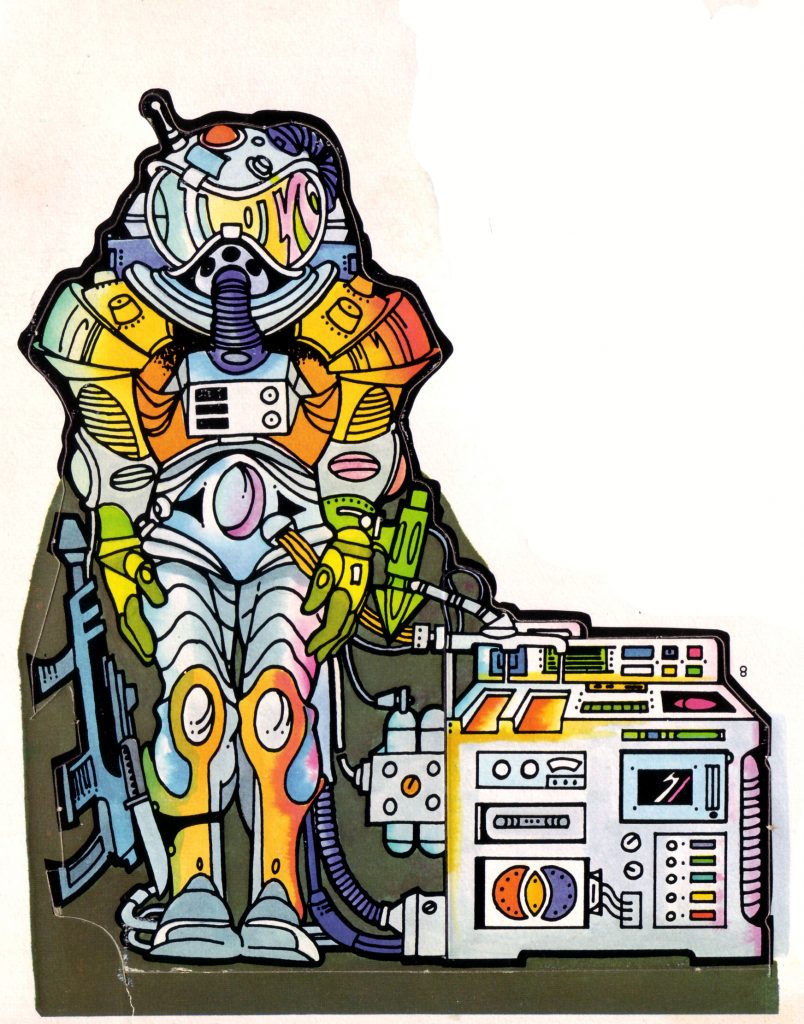
It seems that the technology in Castle Grayskull that Zodac was seeking, mentioned in the audio interview, was to be the spacesuit which would give him different powers and abilities. So in conclusion, Zodac would have been He-Man’s ally, as labeled beneath his B Sheet, but he first had to walk the path from Skeletor to He-Man, from evil to good.
Perhaps this Zodac back-story info could give us some hints on why he was shown as an evil warrior in the toy marketing, including the card back art by Errol McCarthy where we see Zodac shooting at He-Man and Man-at-Arms. As with the initial Sorceress, a similar motif was conceived here, that of switching sides and teaming up with either He-Man or Skeletor.
But later, in the upcoming media, he was made a neutral character in the end, picking either He-Man’s or Skeletor’s side as he tried to maintain the balance of good and evil on Eternia. Of course, in the various ’80s media and marketing there were exceptions to this, as he was sometimes depicted as completely heroic and at other times as Skeletor’s lackey, (this will be reviewed in more detail in the upcoming articles on Zodac).
I wish to express my gratitude to Rebecca Salari Taylor and Mark Taylor for being willing to reveal and share the information on the original Zodac character with us. Also, I would like to express my thanks to my friends Jukka Issakainen and Adam McCombs in providing help and information on writing this post.
Further reading:
Thank you to the following individuals who are current Patreon supporters!
- Adam A.
- Allison T.
- Ben M.
- Clare L.
- Eric H.
- João S.
- Jon E.
- Max I.
- Mike G.
- MotuOriginsCork
- Orion W.
- Øyvind M.
- Pablo G.
- Philip O.
- Robert B.
- That Clyde Guy
Want to support the blog? Consider becoming a Patreon supporter. You’ll also gain access to exclusive content and early access to posts on the blog. Thank you!
